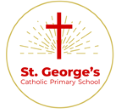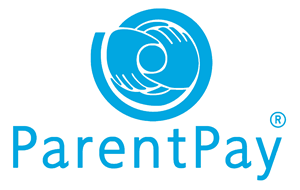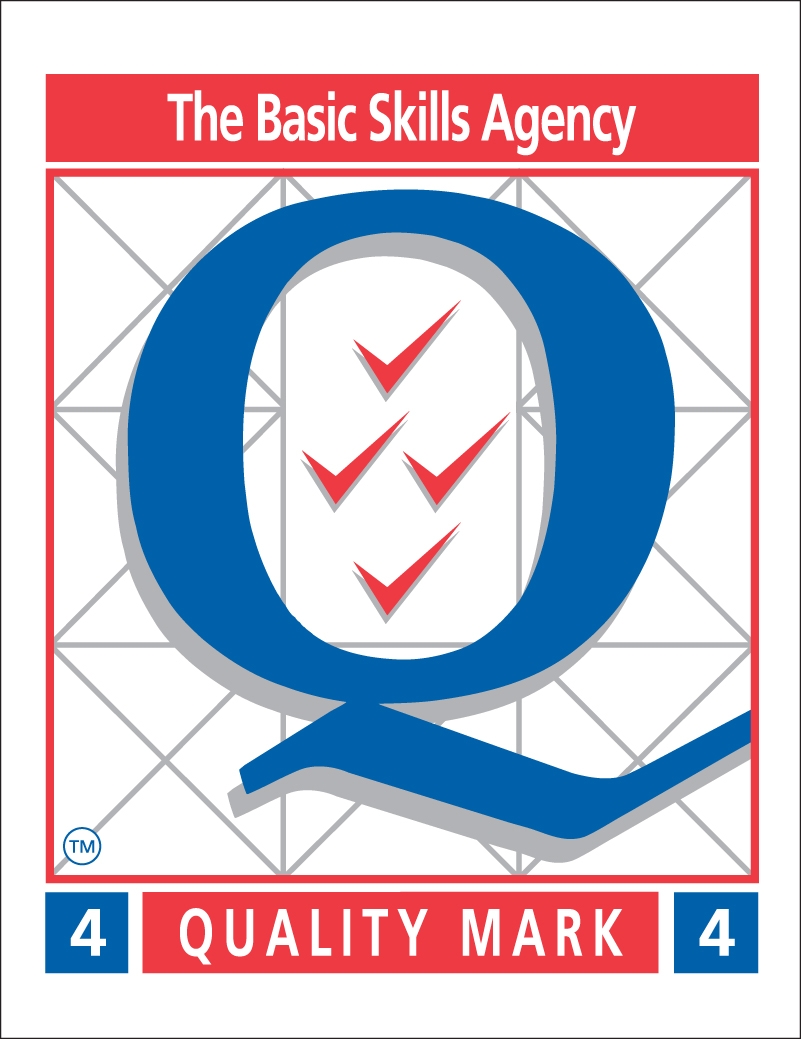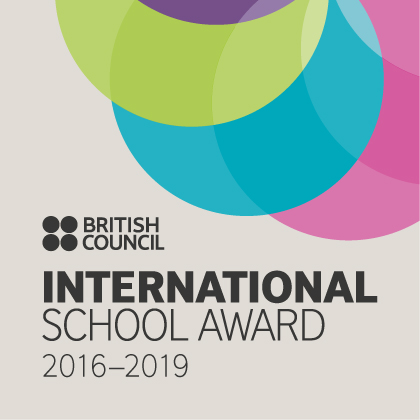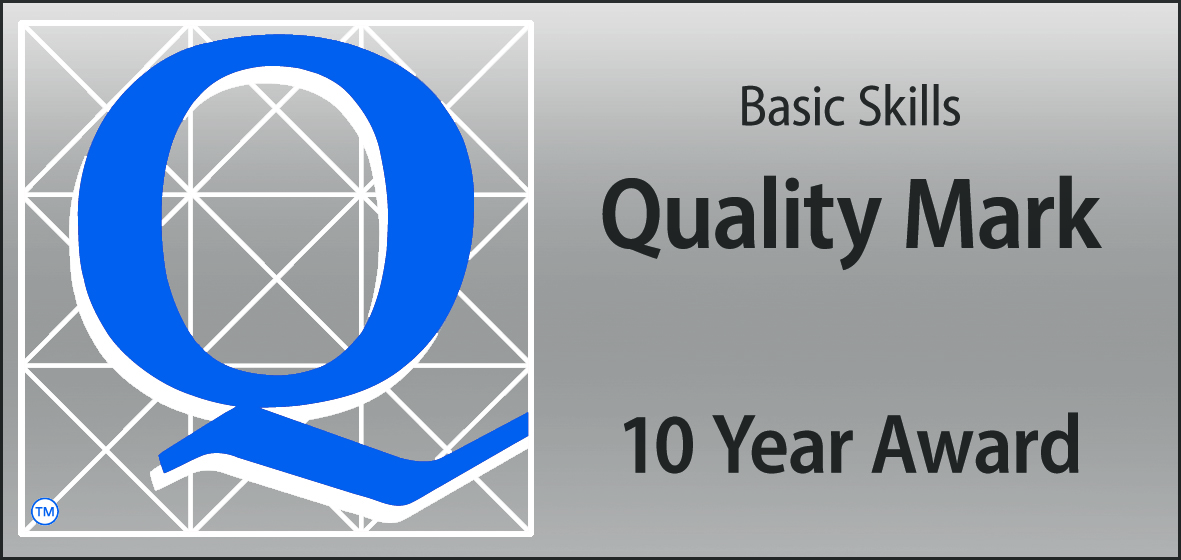Year 3 - Autumn
|
Mathematics |
Place Value and Rounding: Partitioning and ordering 2 and 3 digit numbers. Counting from 0 in multiples of 4 and 8. Addition and Subtraction: Mental addition and subtraction from 2 and 3 digit numbers. Mentally adding and subtracting 1, 10 and 100. Geometry- Shape, Position and Direction: Shape: Classifying and describing 3D shapes. Testing whether an angle is greater than or less than a right angle. Multiplication and Division: Counting in 2s, 3s, 5s and 10s and solving word problems. Fractions: Finding fractions of an amount and adding fractions with the same denominator. Measurement: Tell and write the time to the minute on a 12 hour clock, using Roman numerals. Reading a 24 hour clock. Estimating and measuring the time in minutes. Reading scales, knowing how many grams are equal to a given fraction of 1kg. Adding and subtracting mass in kg and g. |
|
Literacy |
Writing: Transcription- Prefixes and suffixes. Dictation work. Writing: Handwriting- Joined up cursive handwriting (and understanding which letters, when adjacent to one another, are best left unjoined). Writing: Composition- To evaluate and edit their work. Using paragraphs. Letter writing. Writing: Vocabulary, Grammar and Punctuation- Extending the range of a sentence with more than one clause by using a wide range of conjunctions. Comprehension: Understanding – Reading fiction and non-fiction texts. Comprehension: Making inferences- justifying these with evidence and predicting what might happen from details stated and implied. Comprehension: Structure/Language for effect – Identifying how language, structure and presentation contribute to meaning. Using a dictionary to check the meaning of words. Comprehension: Themes and Conventions- Recognise some different forms of poetry. Comprehension: Spoken Word- Listen and retell stories, including poetry and non-fiction texts. |
|
Science |
Rocks, Soils and Fossils. Comparing and grouping together different kinds of rocks on the basis of their appearance and simple physical properties. Describing how fossils are formed when things that have lived are trapped within rock. Recognising that soils are made from rocks and organic matter Animals Including Humans. Can identify Can identify that animals, including humans, need the right types and amount of nutrition, and that they cannot take their own food; they get nutrition from what they eat To identify that humans and some animals have skeletons and muscles for support, protection and movement Scientific enquiry focus: Ideas and evidence, Planning, Obtaining and presenting evidence, Considering evidence and evaluating. |
|
Humanities |
The Ancient Egyptians Who the Egyptians were, Investigating Egyptian Artefacts, Egyptian Food, Pharaohs, Tutankhamun’s Tomb and Ancient Egyptian Art. Cross curricular work. Volcanos and Earthquakes Locate the plates of the earth and learn about the inside of the earth. Tectonic Plates – How they fit together and how they move. What happens as a result of the movement. Label parts of the volcano. Define terms. Different types of volcanoes. Case study volcanic eruption. Advantages and disadvantages of living near a volcano. Earthquakes, causes and consequences. Measuring Earthquakes – The Mercalli Scale |
|
Computing |
Internet safety - How to stay safe online We are programmers - Children create an animated cartoon using characters they design. They use a paint tool to create characters and backgrounds. They then create an animation by translating a storyboard into a series of scripted instructions (program) for graphic objects. We are bug fixers: Following on from the previous topic, children explain how scripts work, finding and correcting errors in them, and explore creative ways of improving them. The children learn to recognise some common types of programming error, and practise solving problems through logical thinking. |
|
Art |
Portrait sketching of people in pencil and pastels, looking at expression, character & relationships, Christmas arts and crafts, design and technology (designing and making Christmas chocolate decorations). |
|
Music |
Singing and percussion - Harvest theme, Tuby the Tuba, Firework music, Britten - guide to the orchestra, Preparation for Christmas activities, Continuing with playing the recorder. |
|
P.E. & Games |
Gymnastics (travelling with a change of direction). Dance (sequencing dance movements). Games: Invasion games passing (netball, rugby and football). |
|
Spanish |
Greetings and introductions, classroom language, numbers and age, family vocabulary, grammar focus on the verbs 'to have' and 'to be', article and gender agreement. |
|
R.E. |
The Christian Family - The Holy Family, Our Family, The Family of the Church, The Sacrament of Baptism, Signs and Symbols and Promises made at Baptism. Mary, Mother of God - The Annunciation, Mary visits Elizabeth, The Mystery of the Incarnation, Advent, The Birth of Jesus, The Shepherds and the Visit of the Wise Men.. |
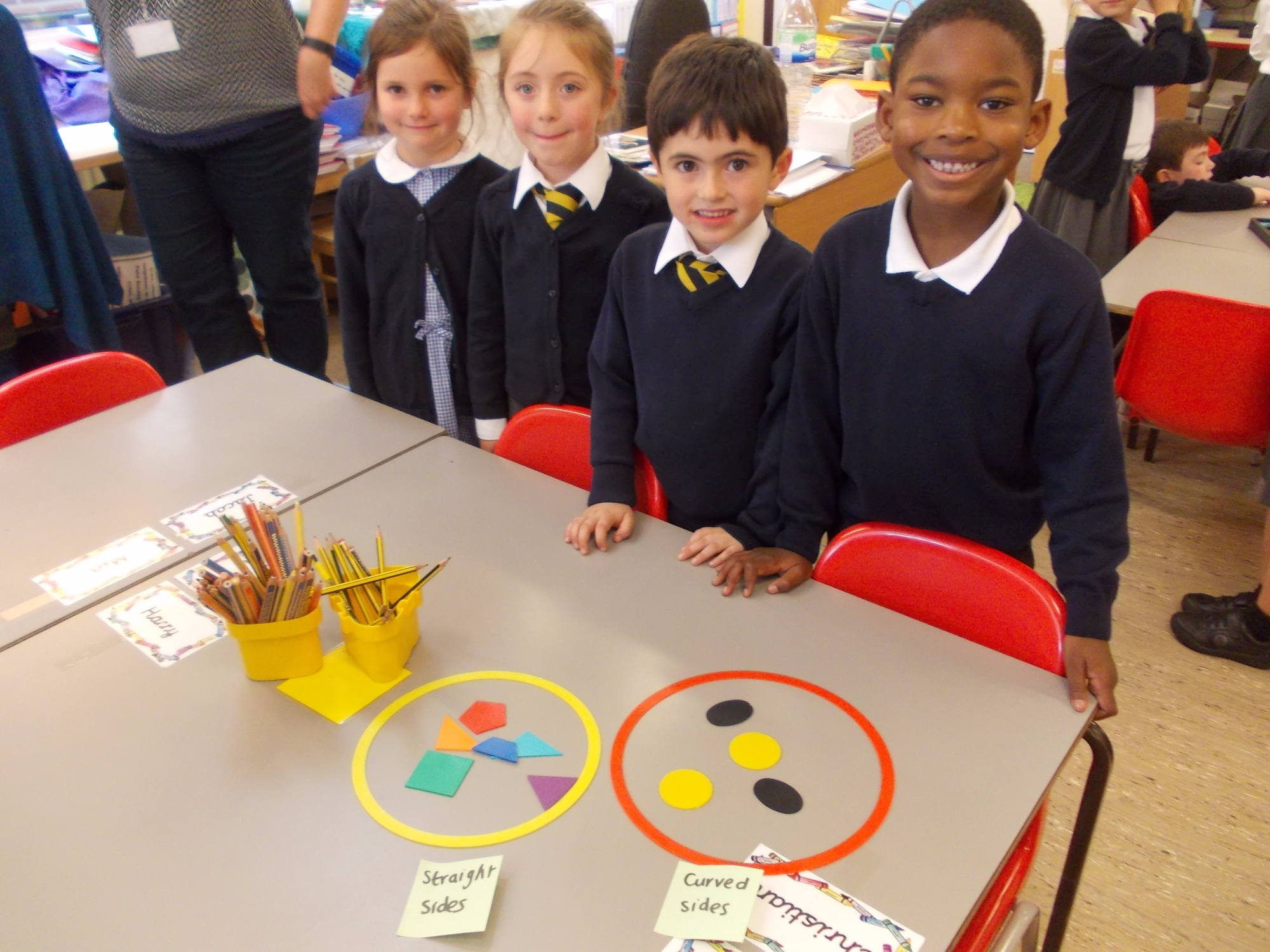
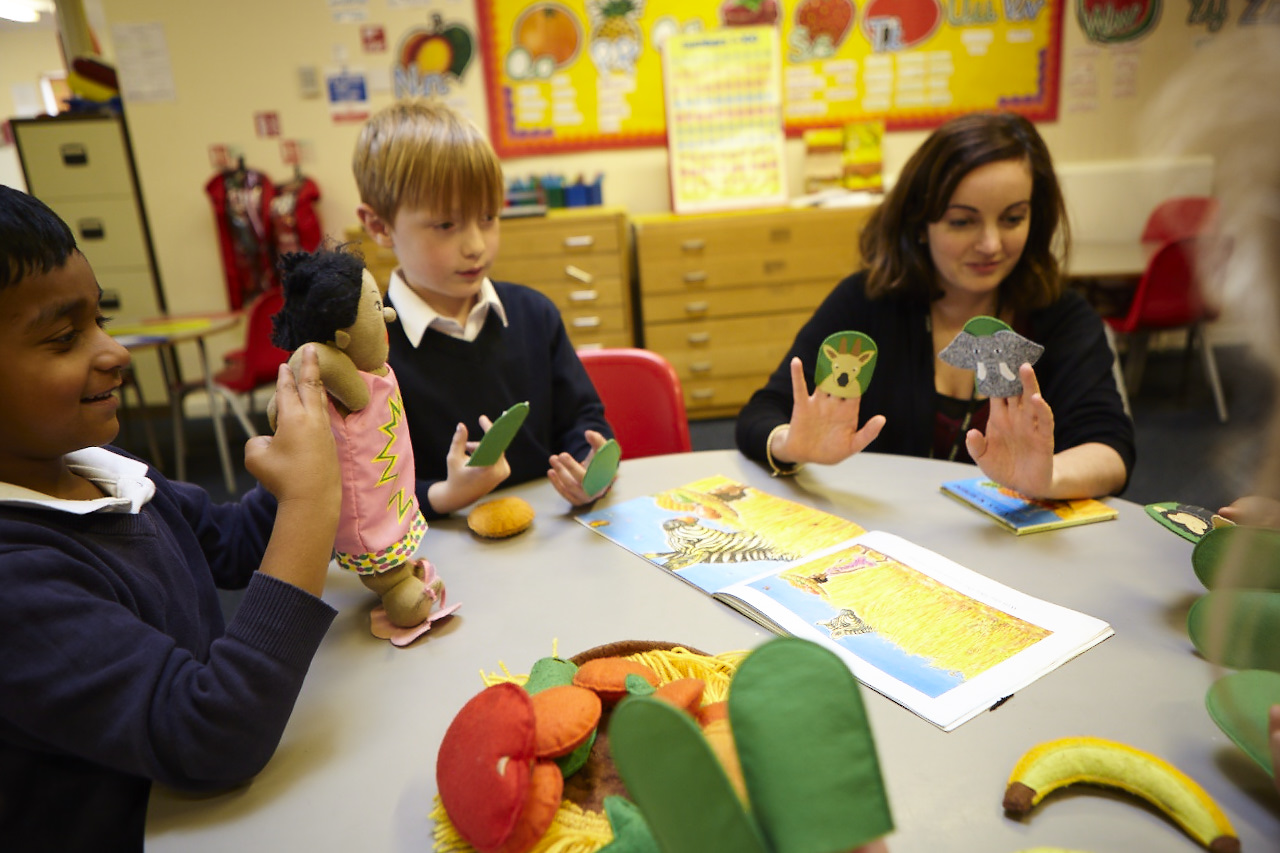
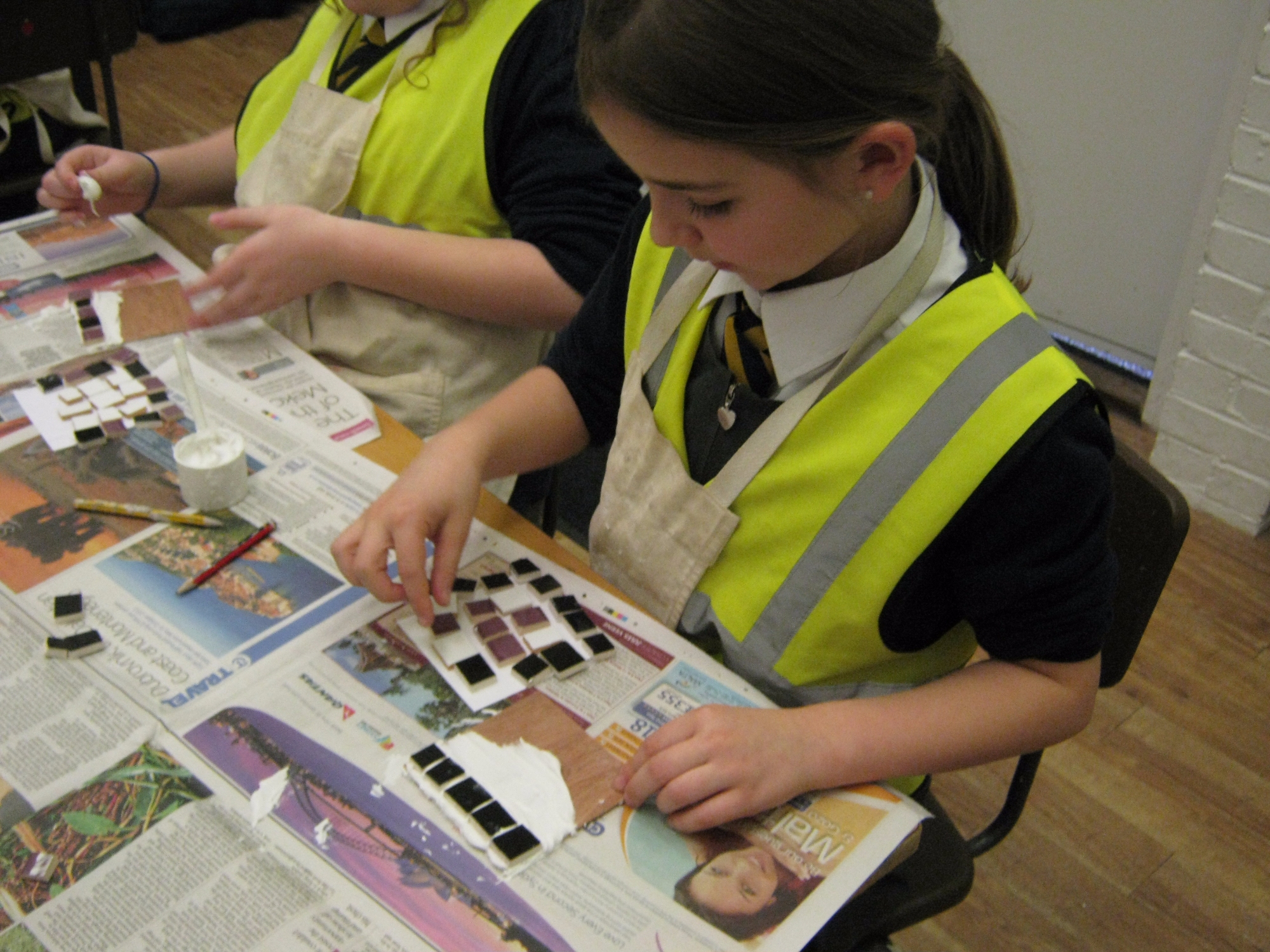
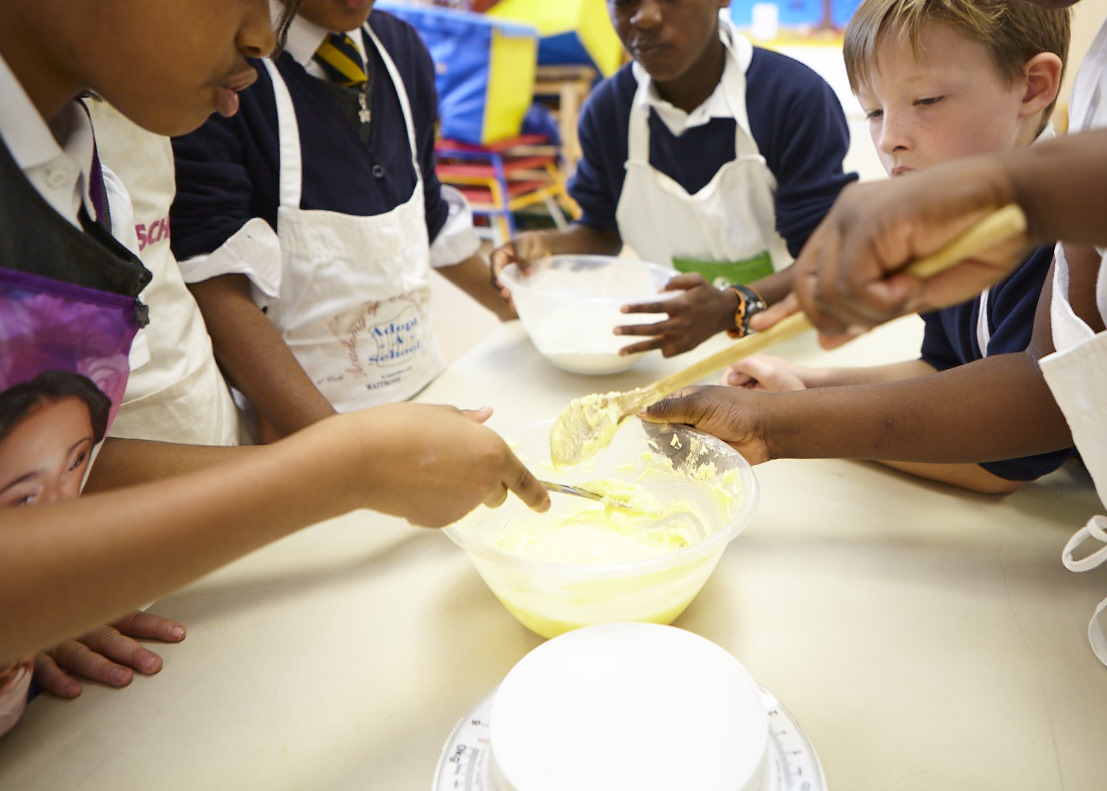
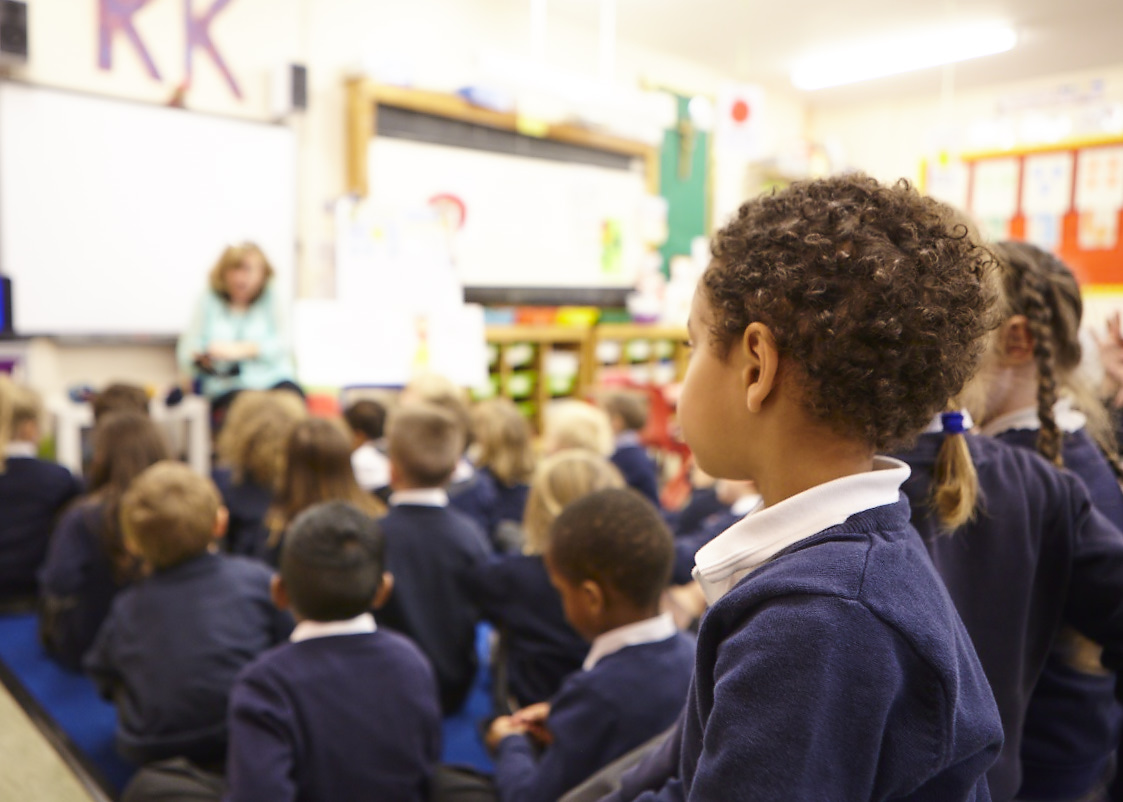
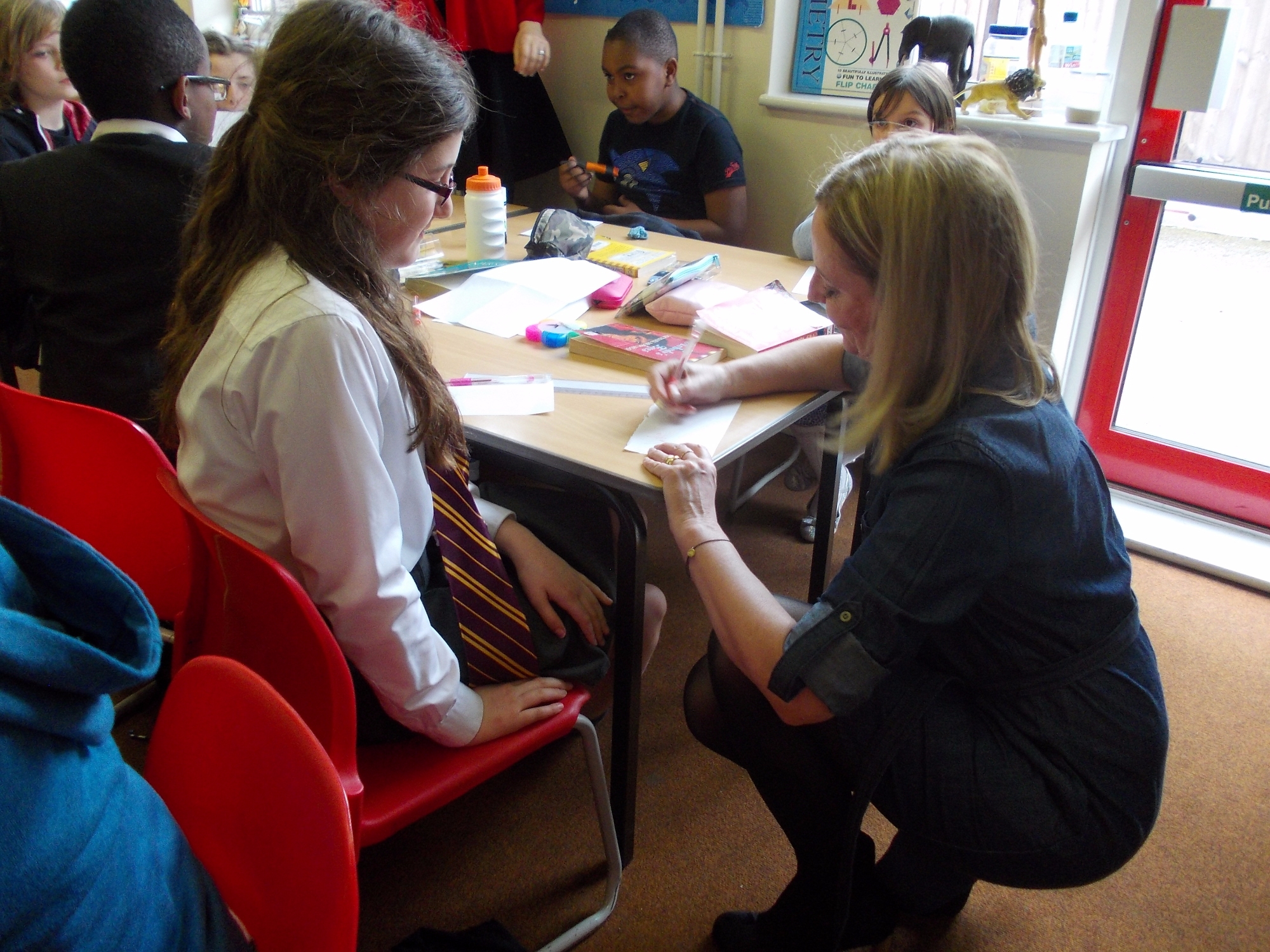
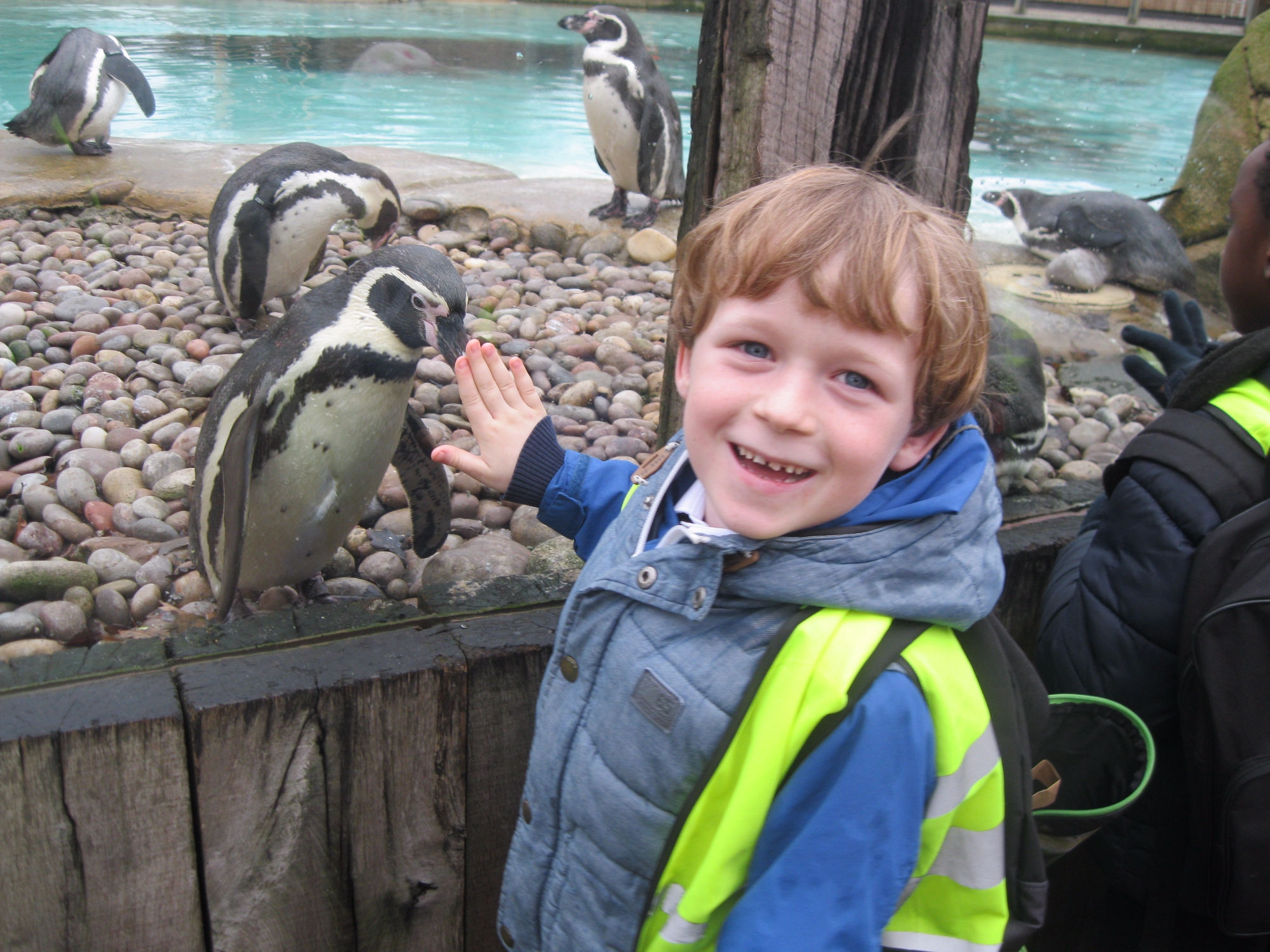
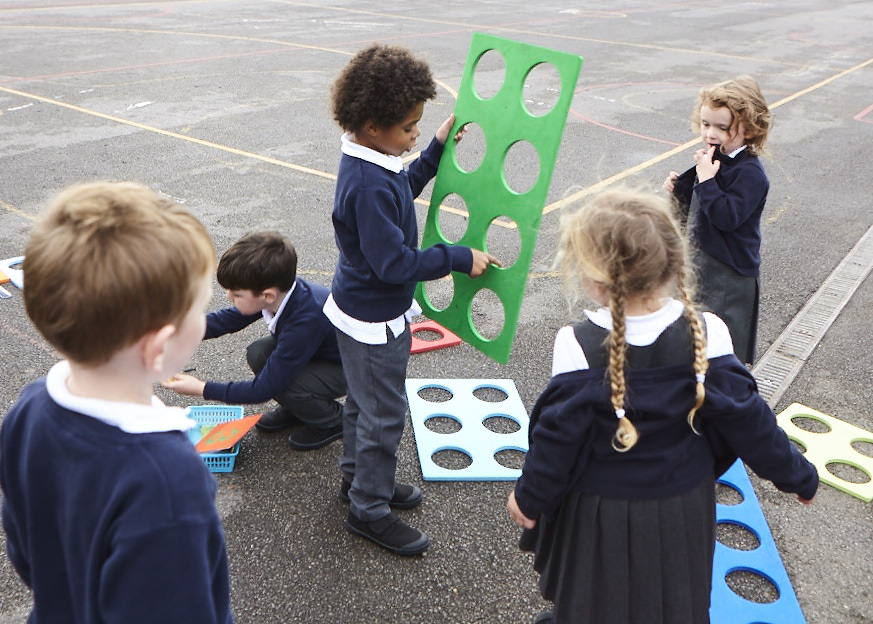
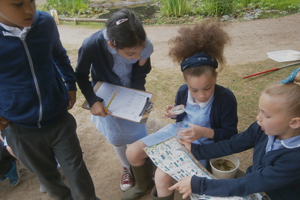
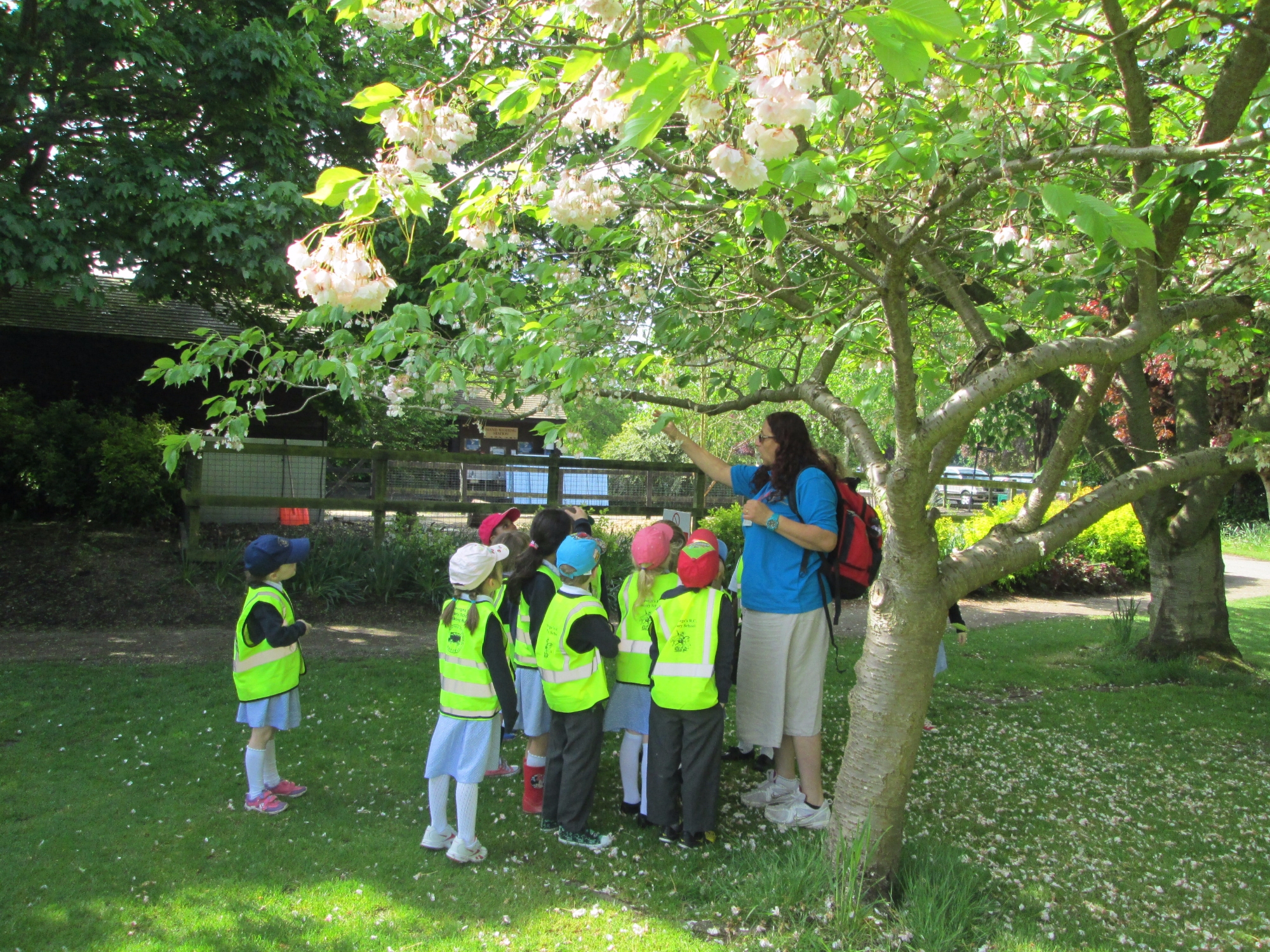
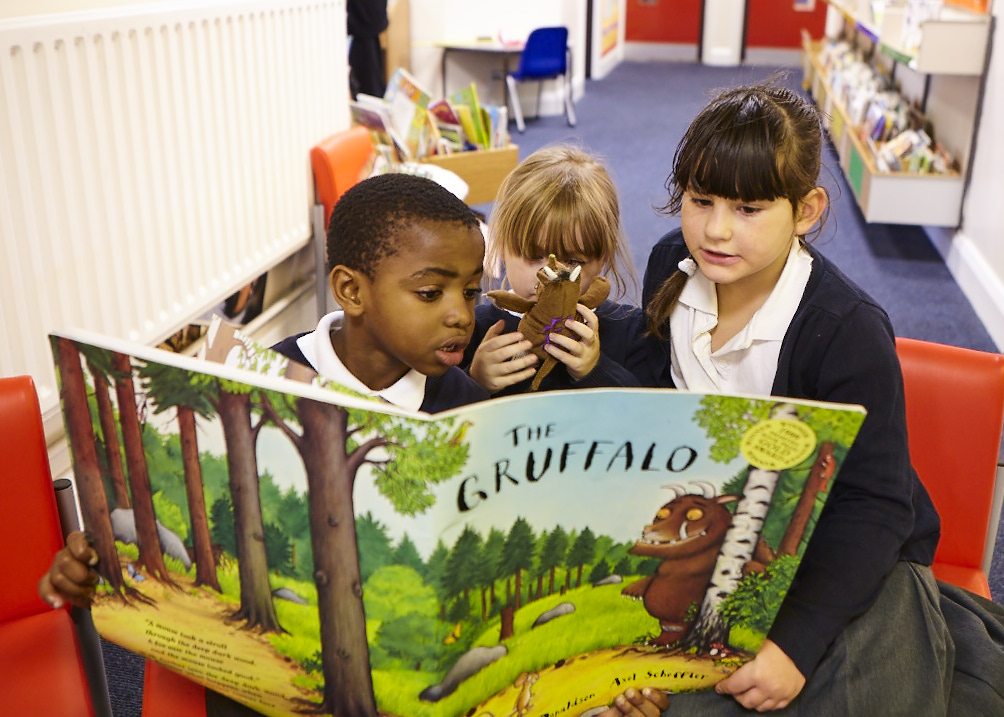
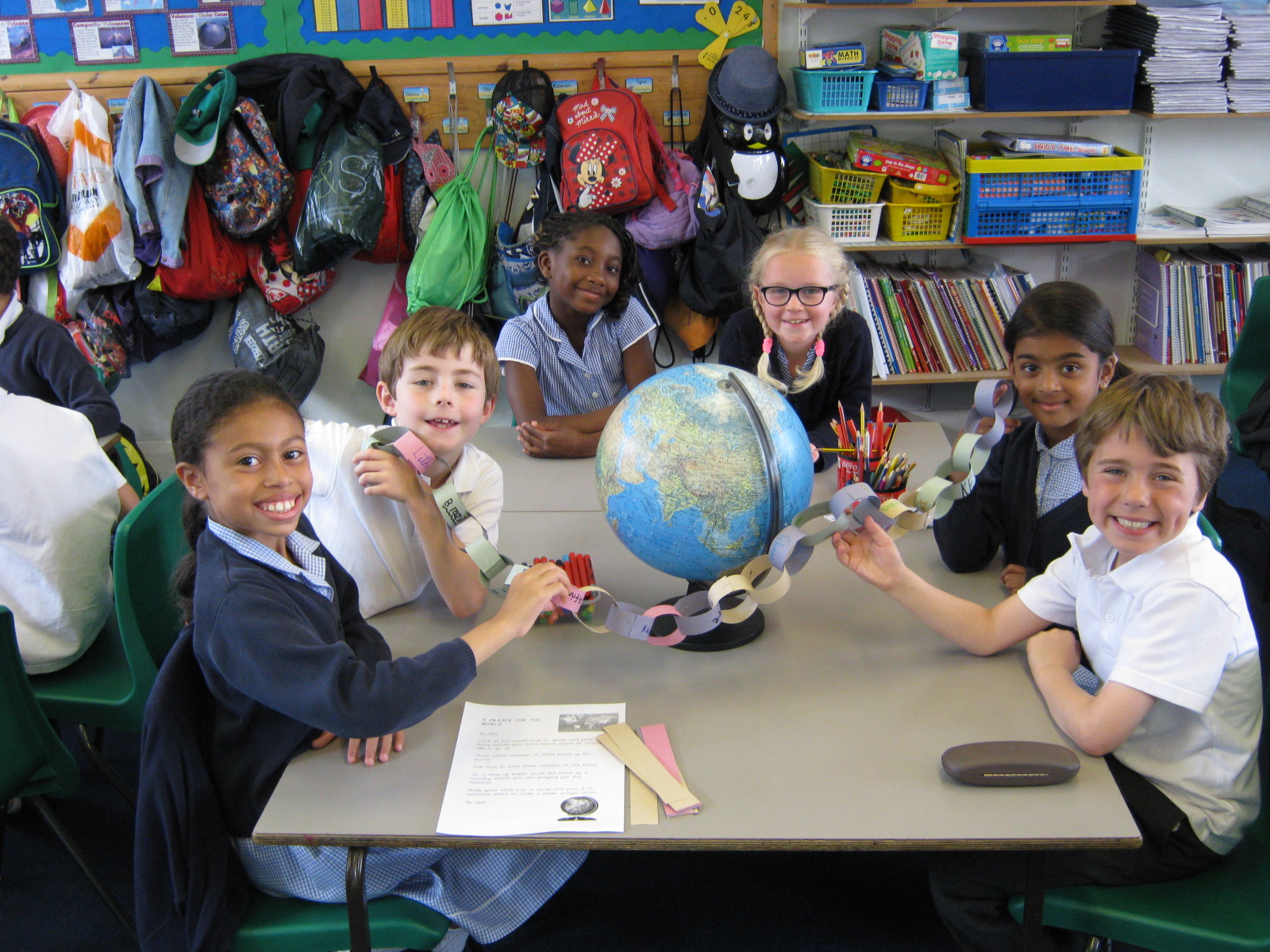
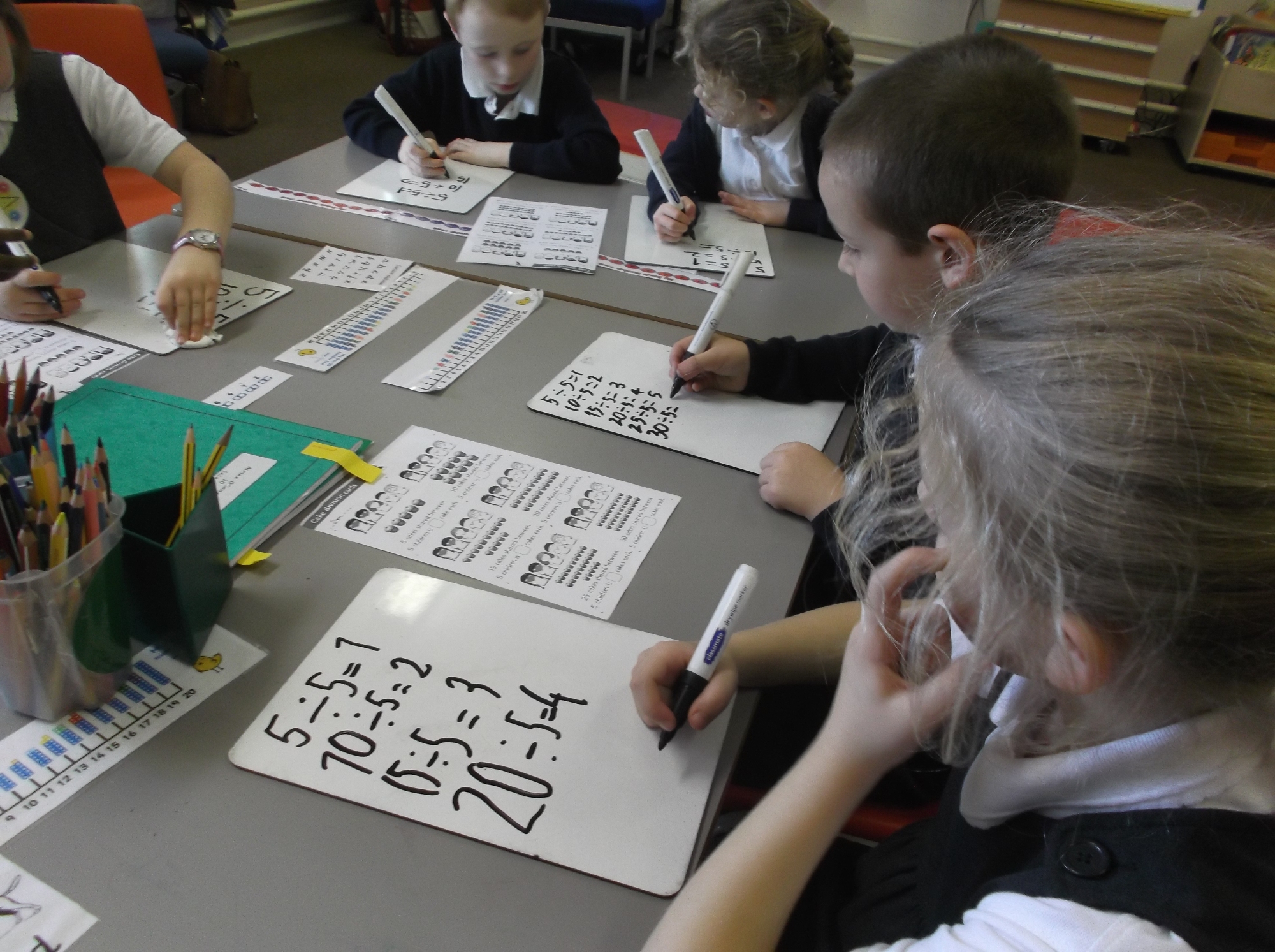
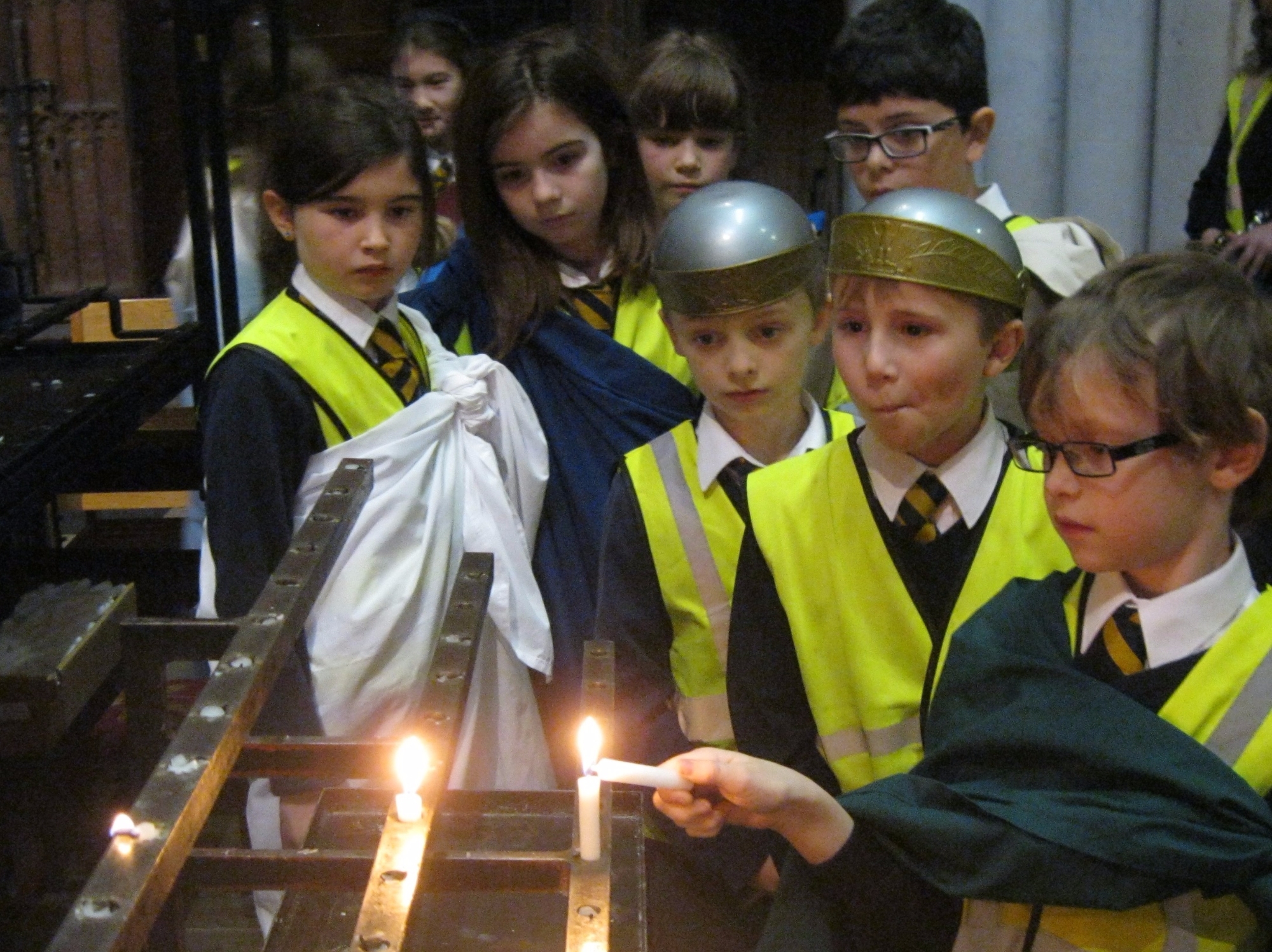
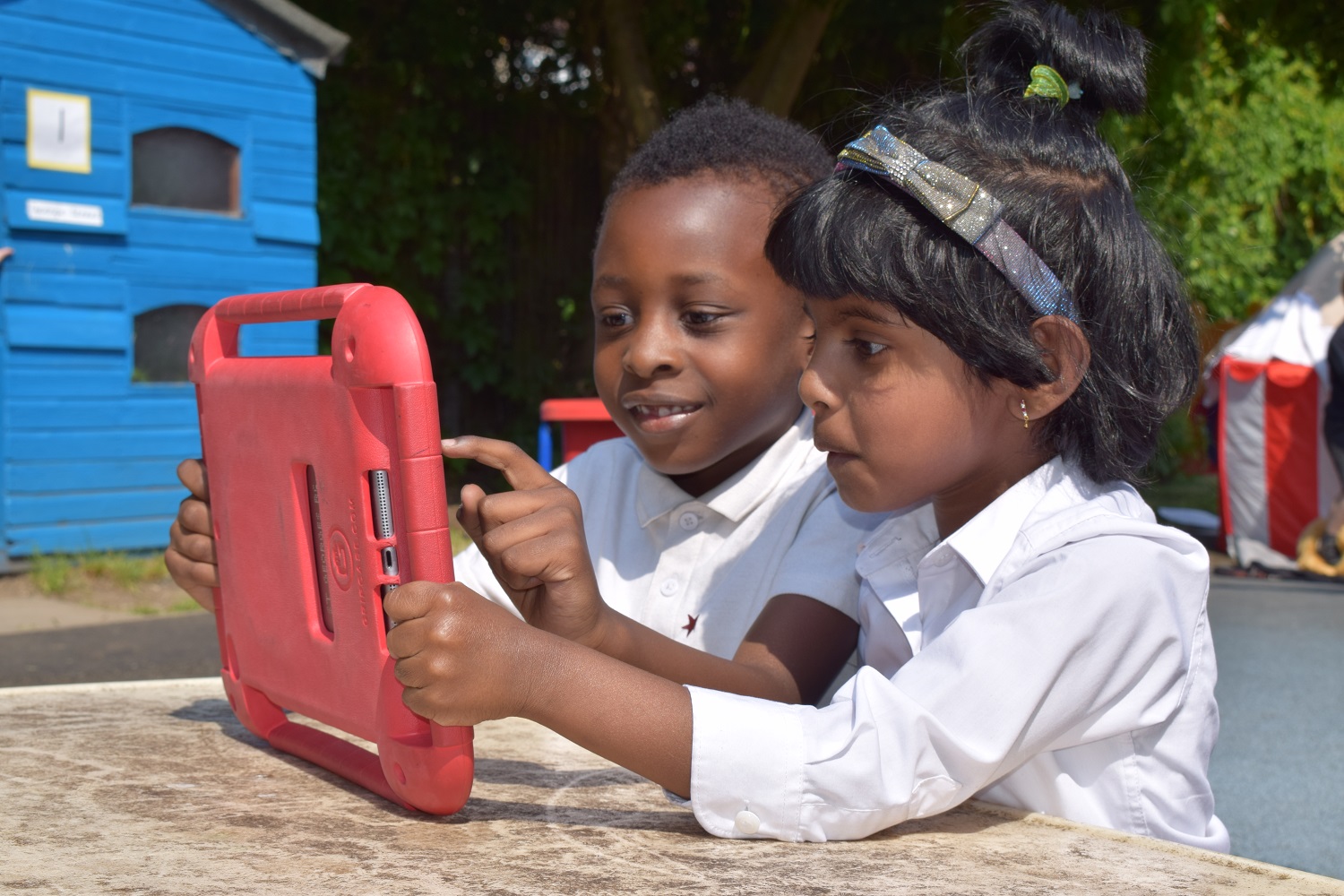
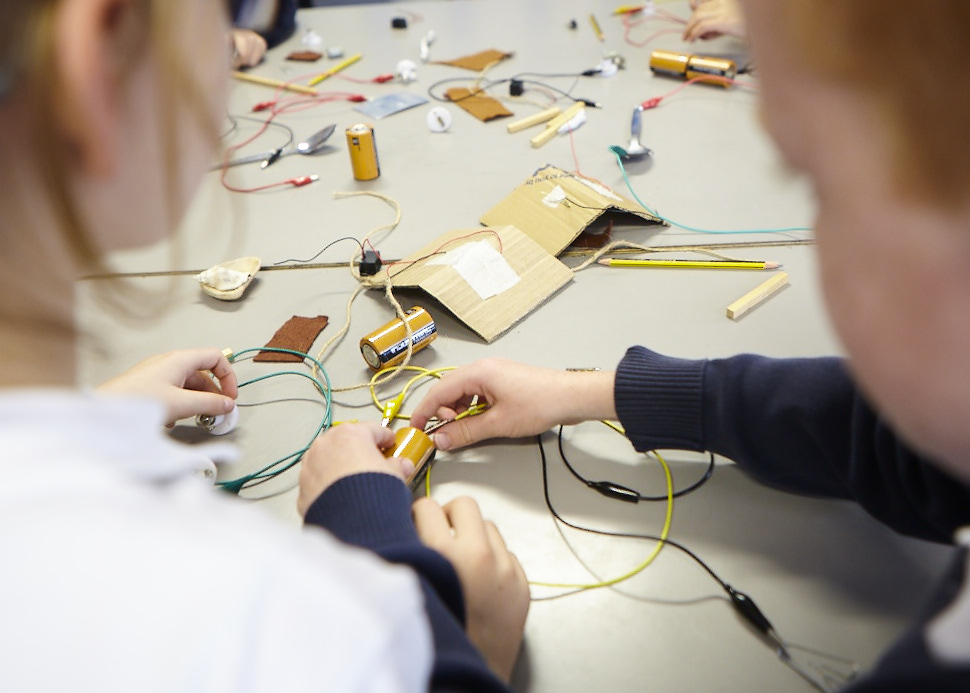
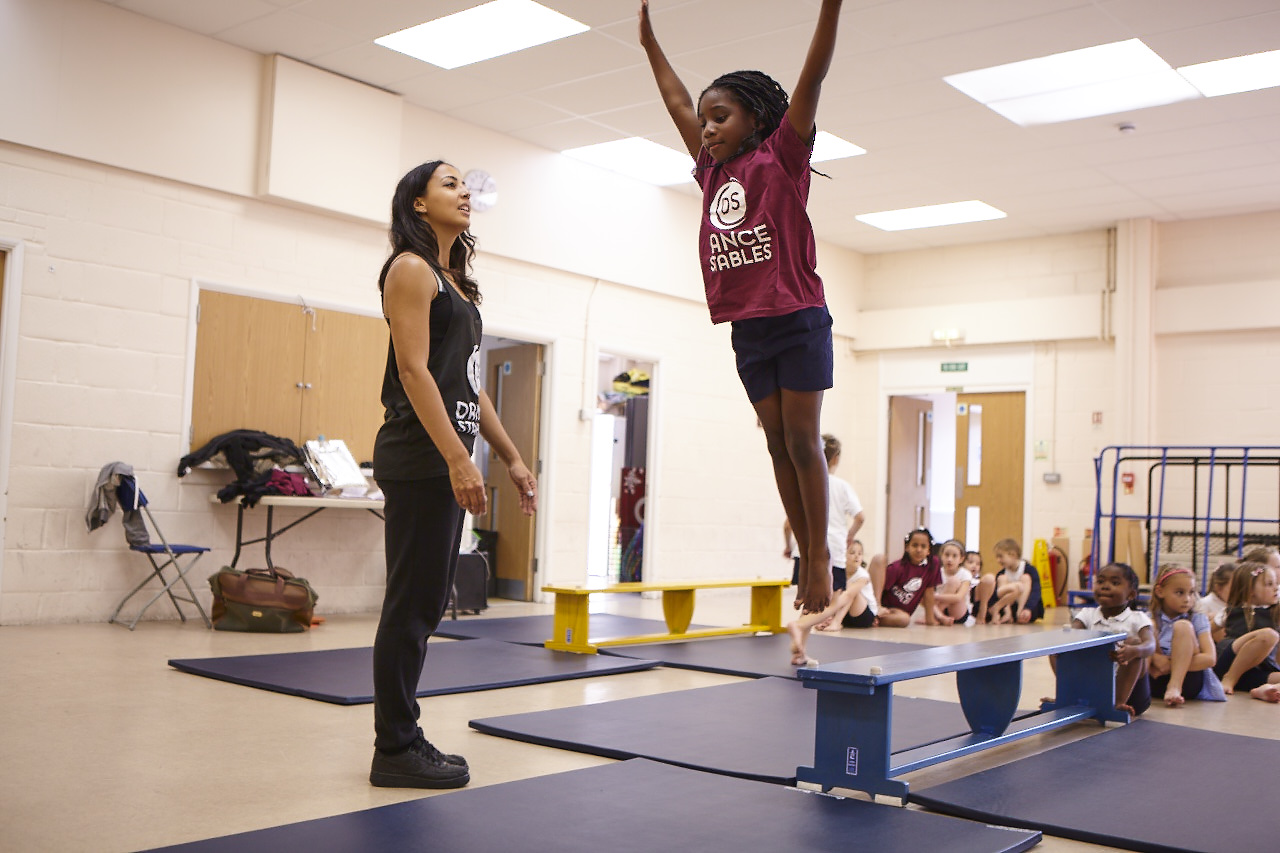
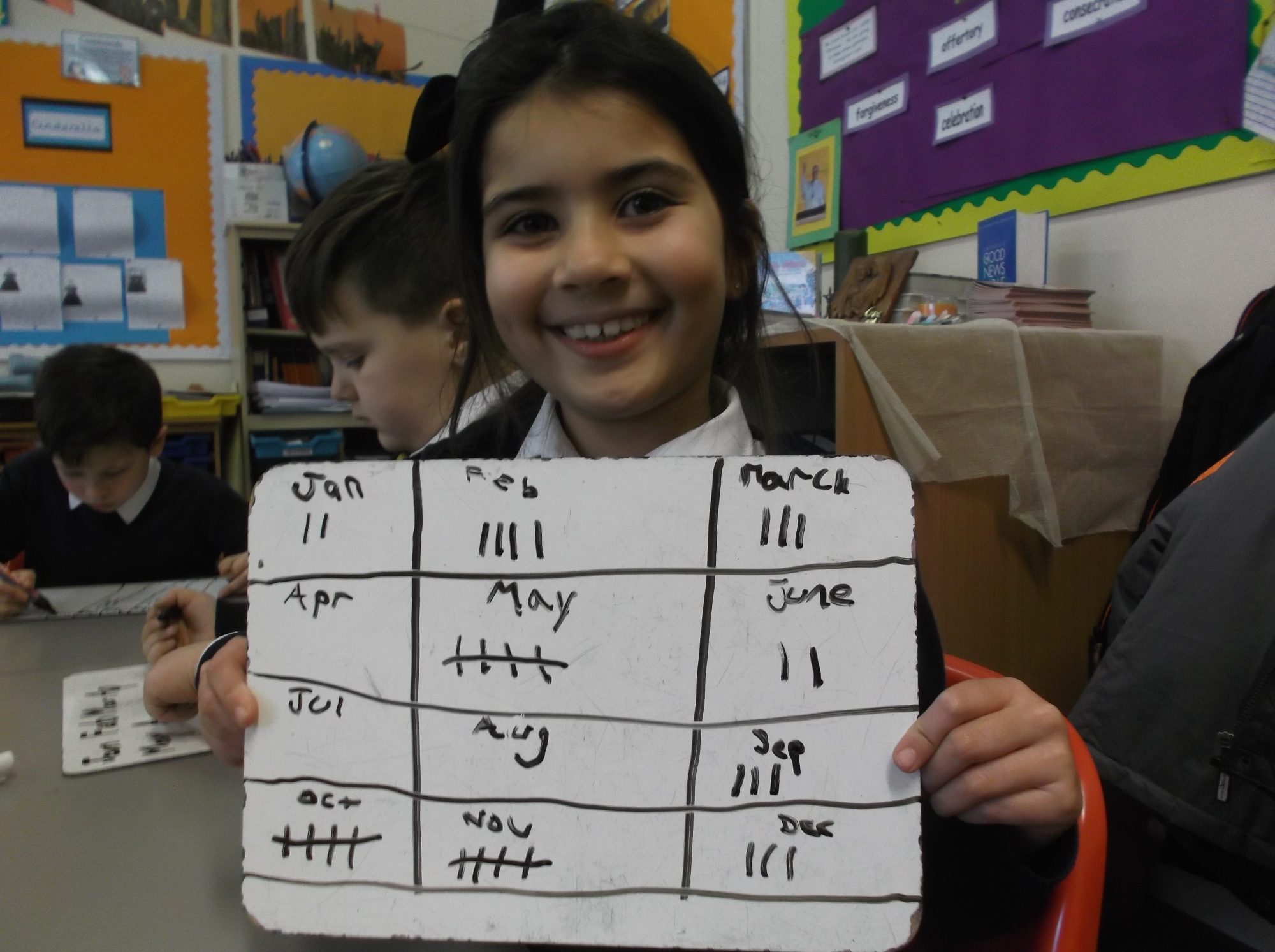
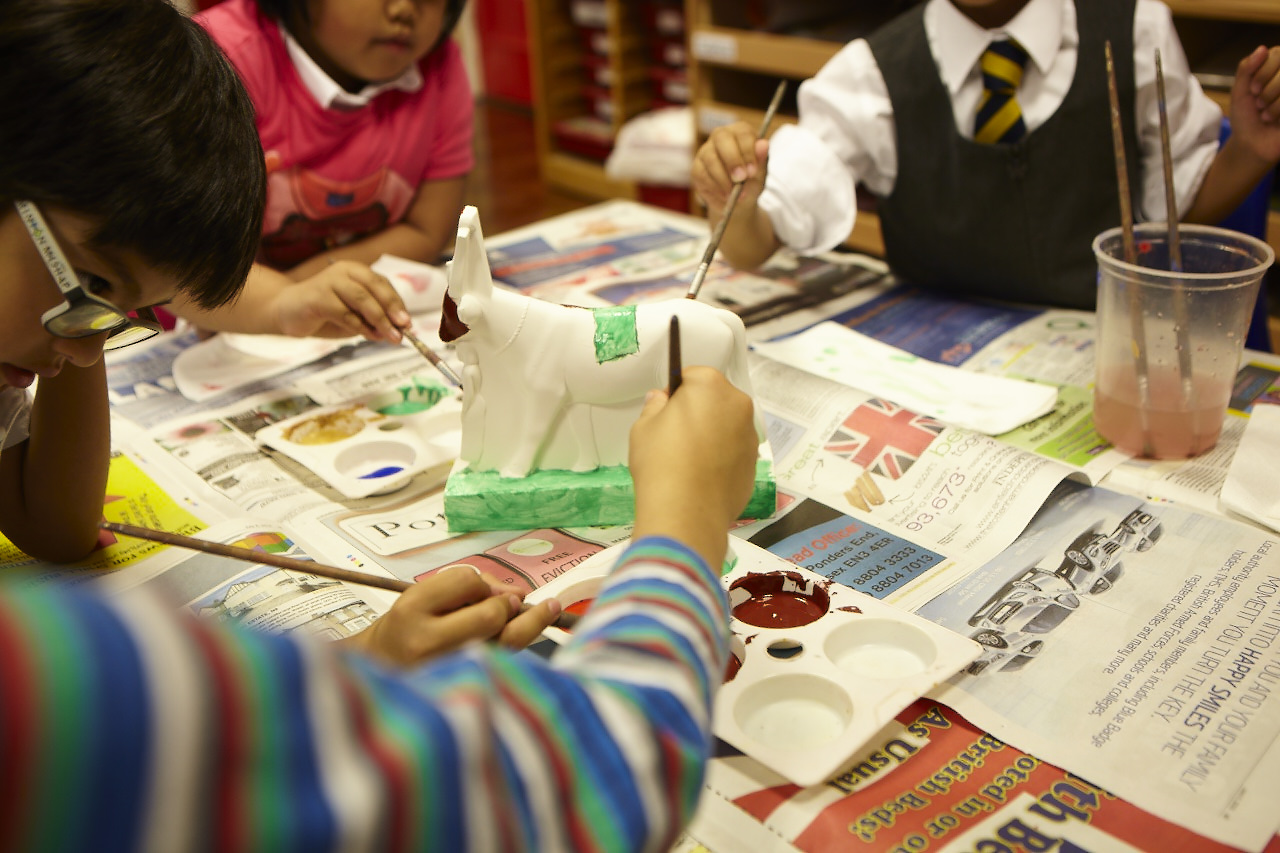
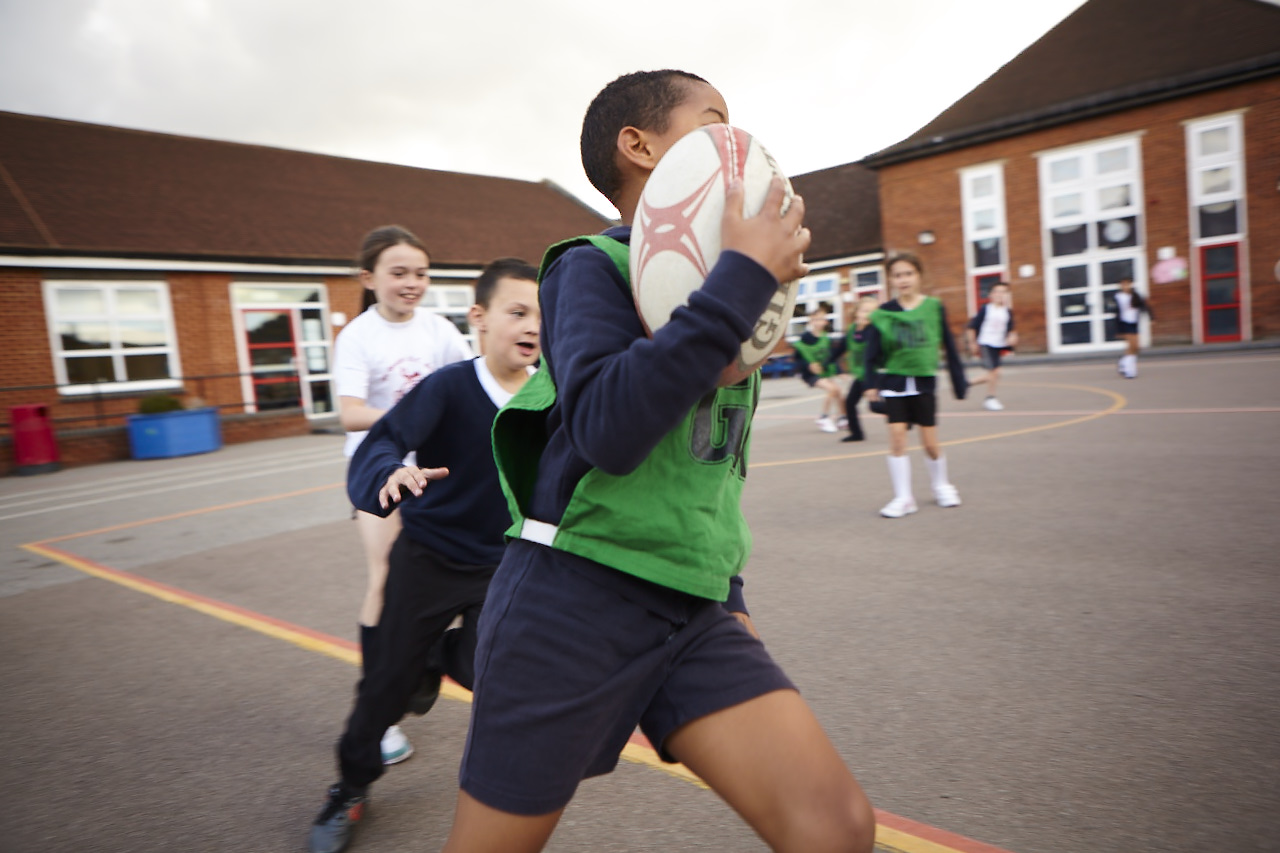
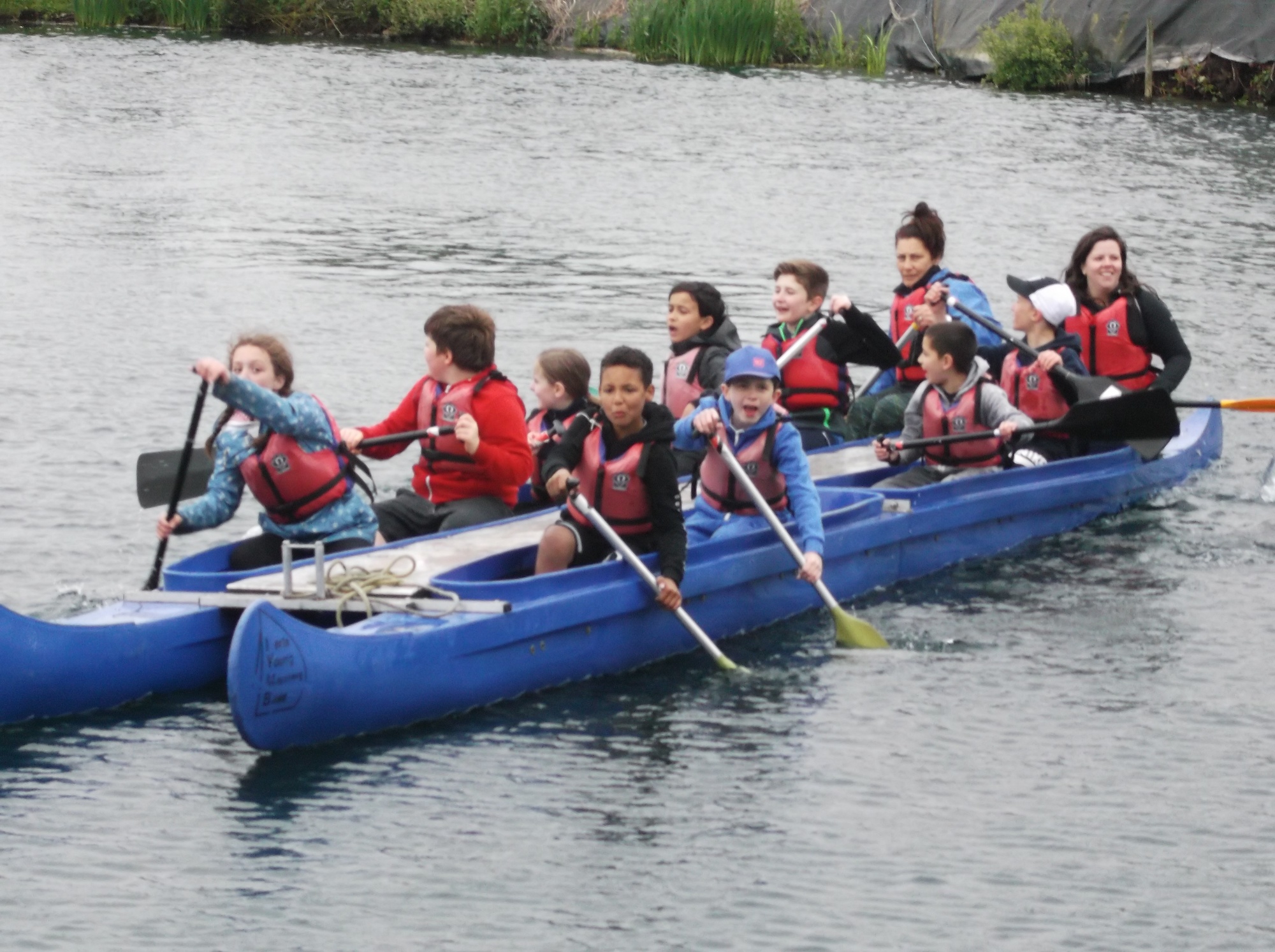
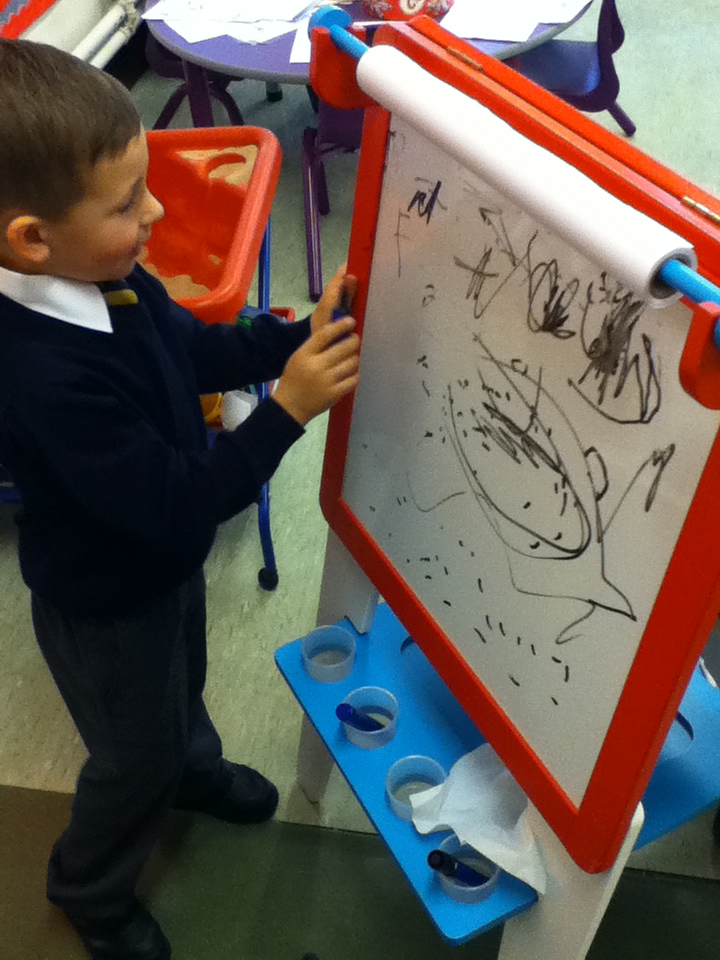
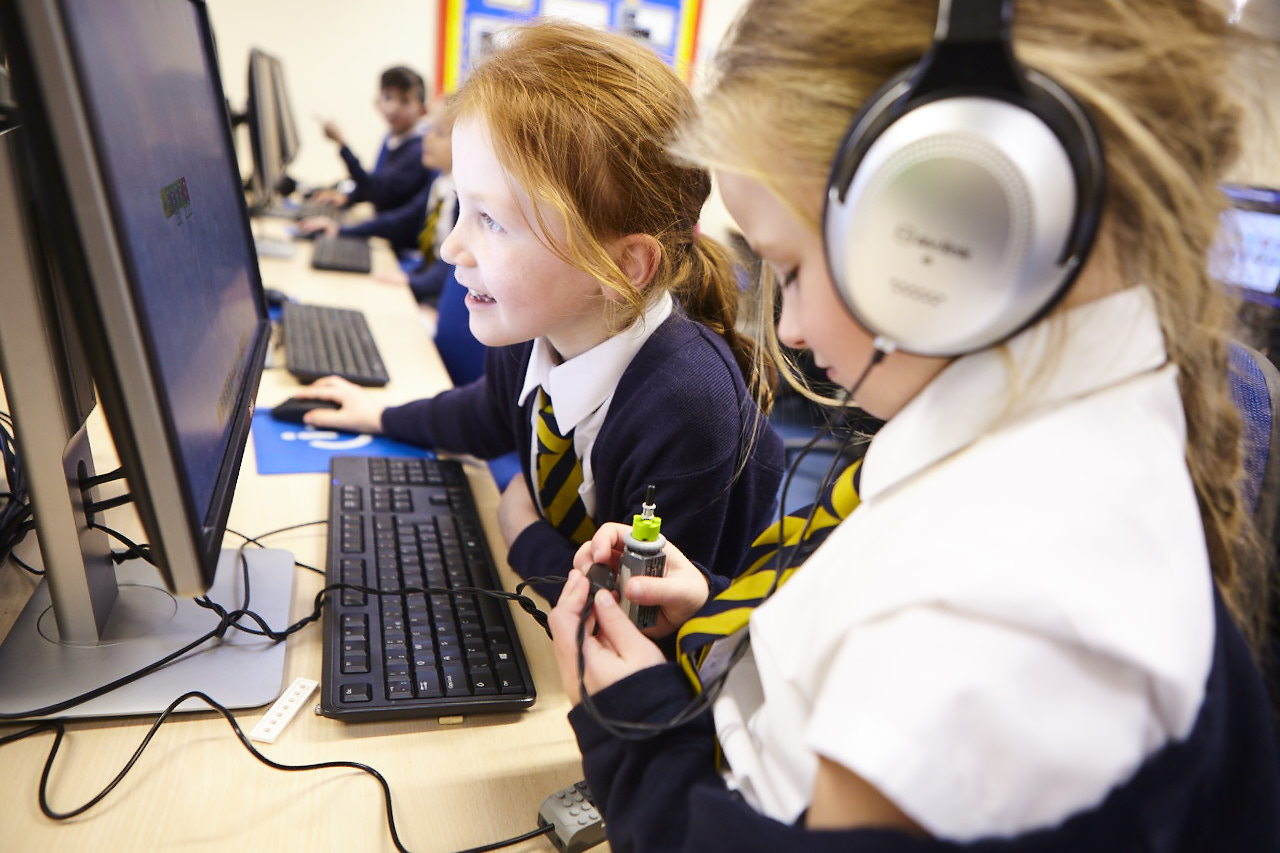
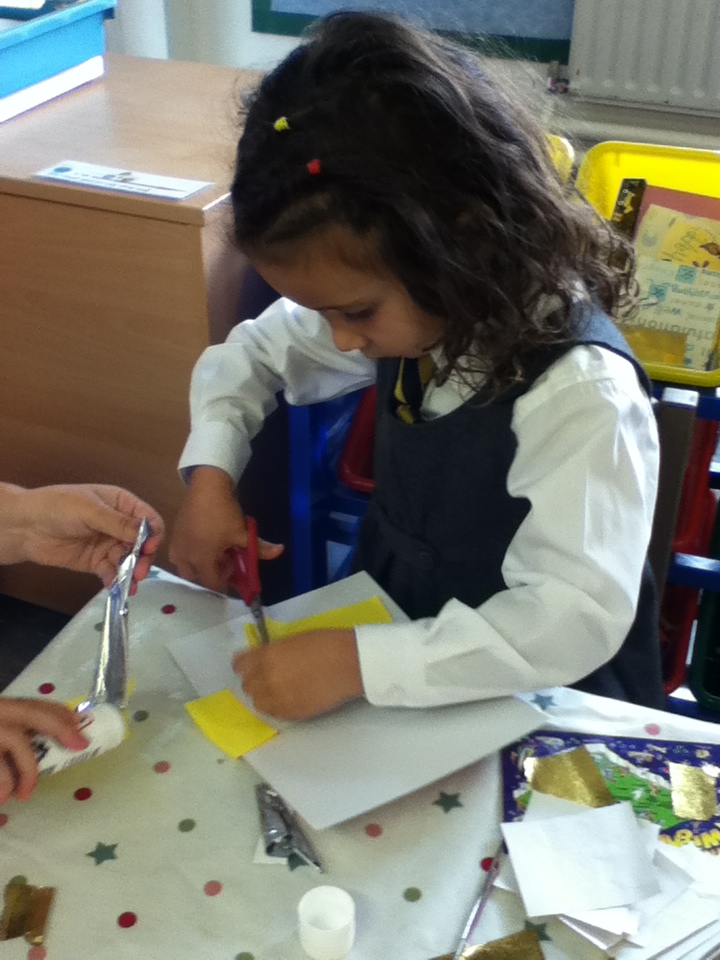
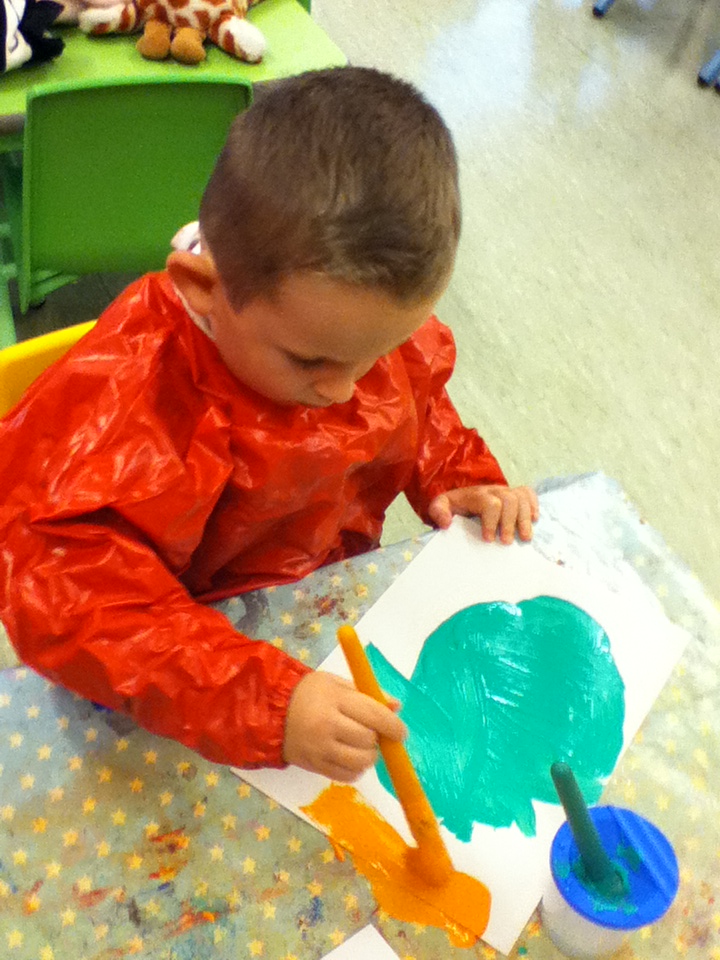
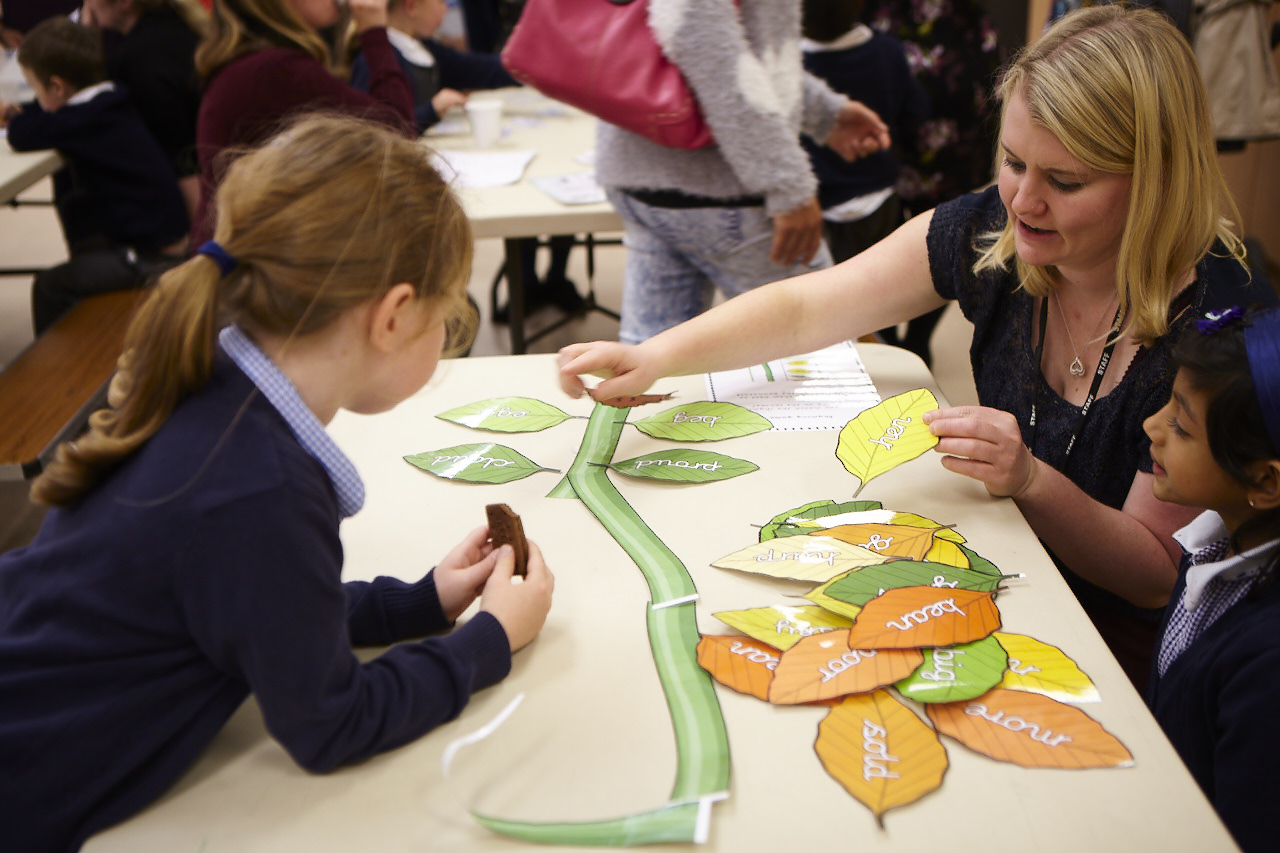
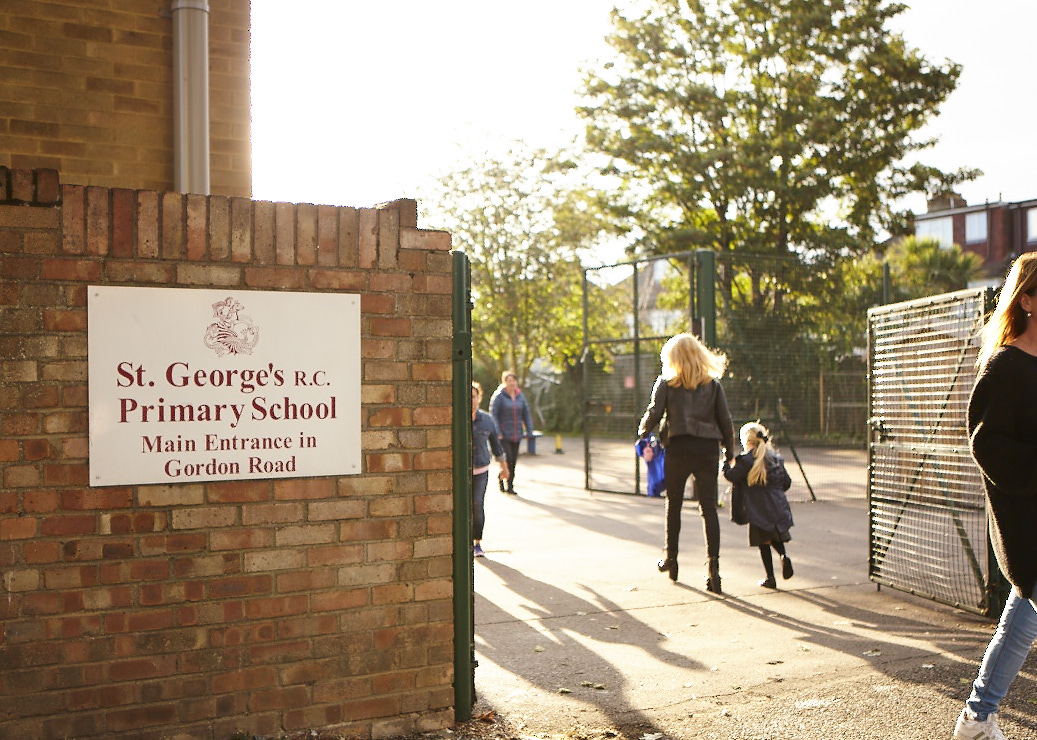
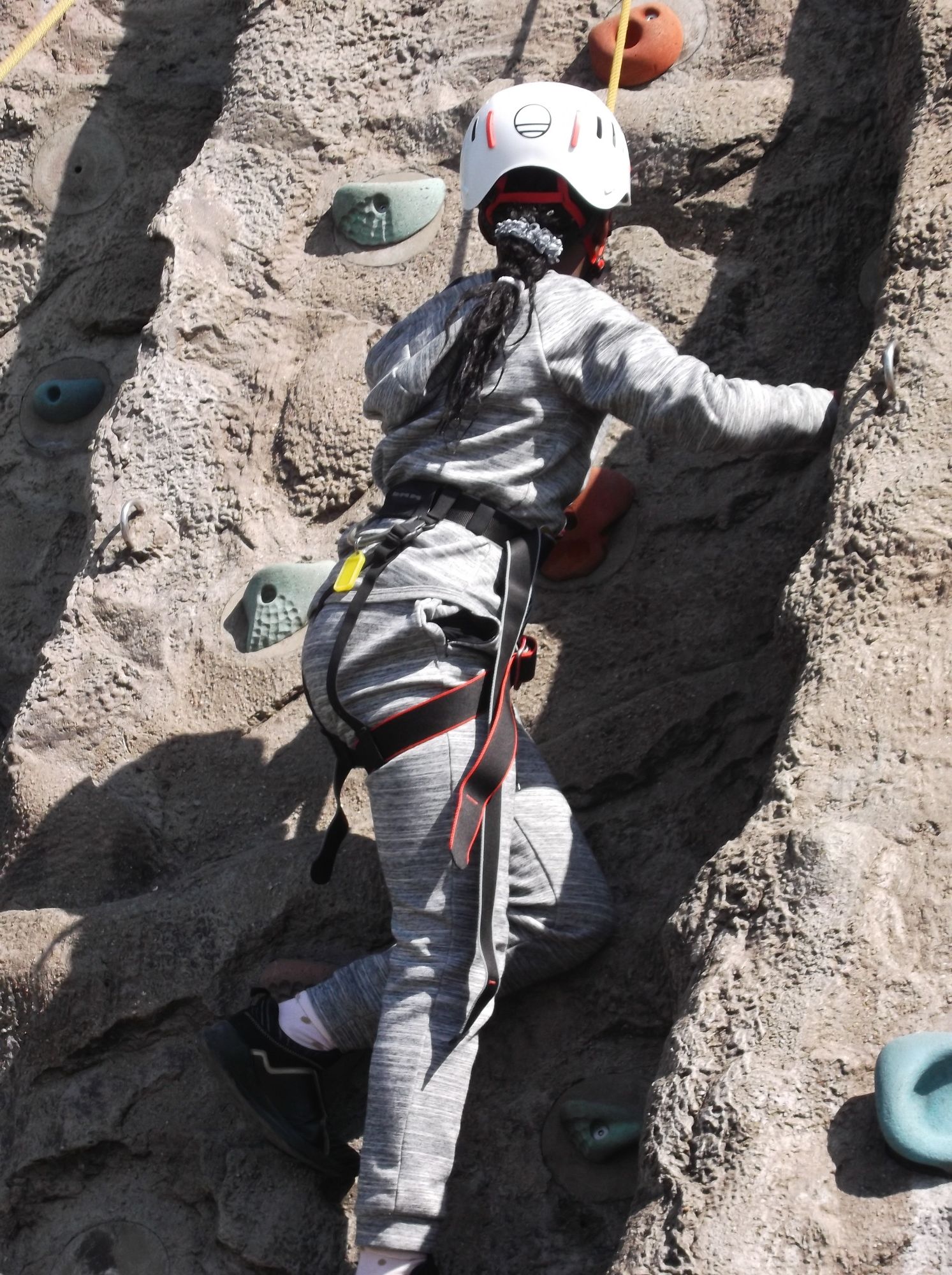
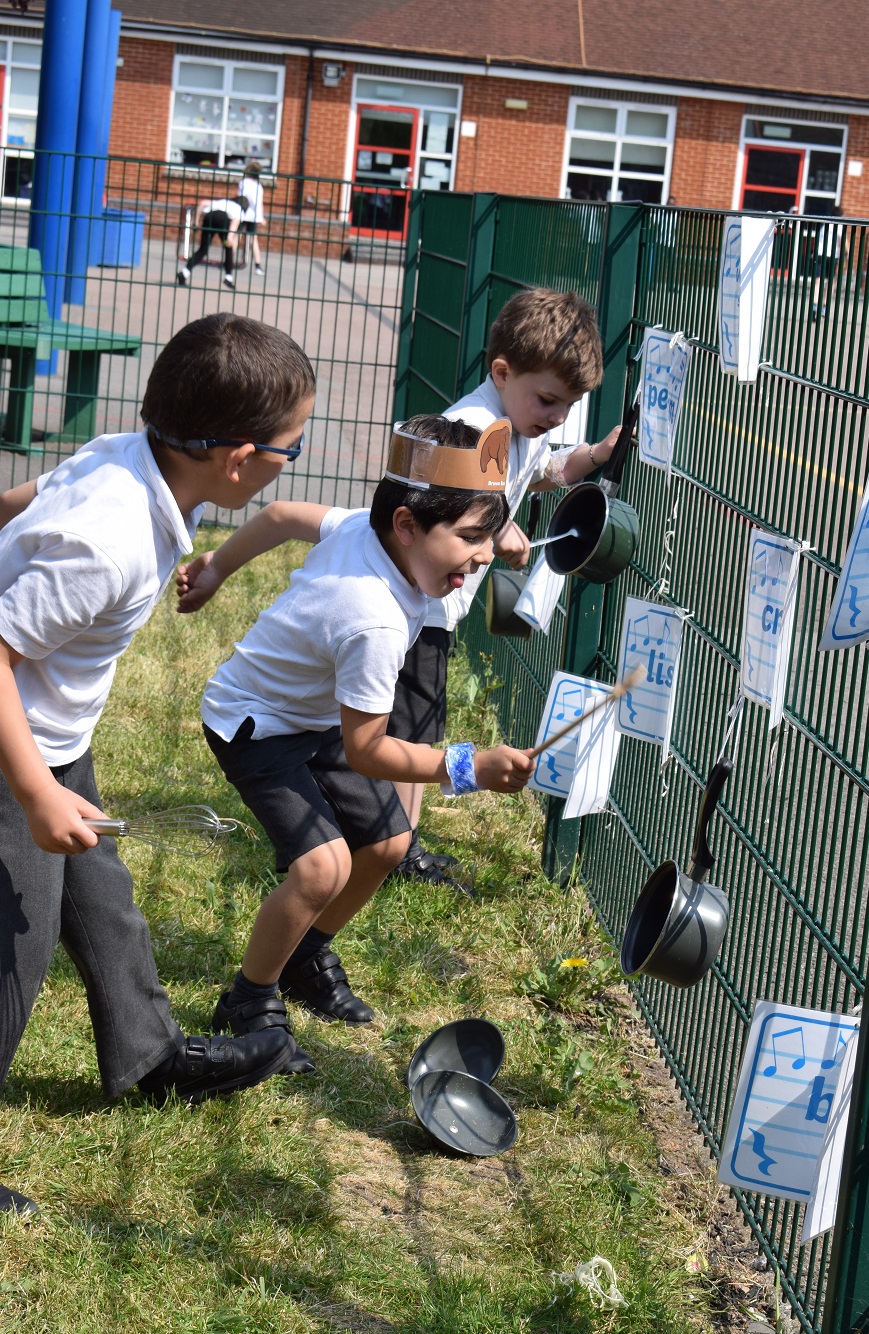
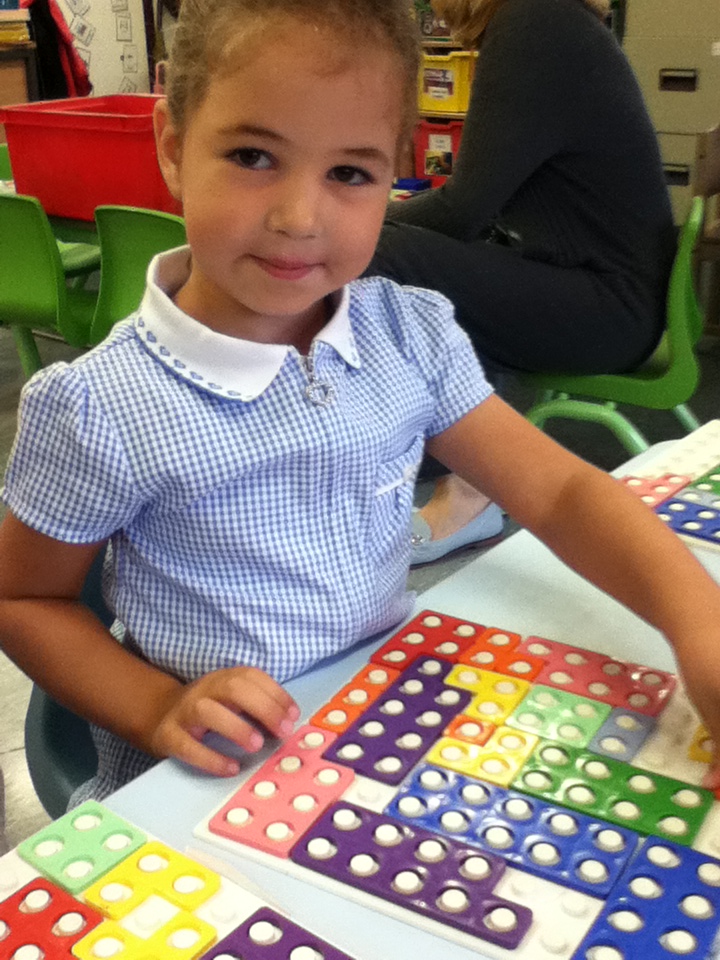
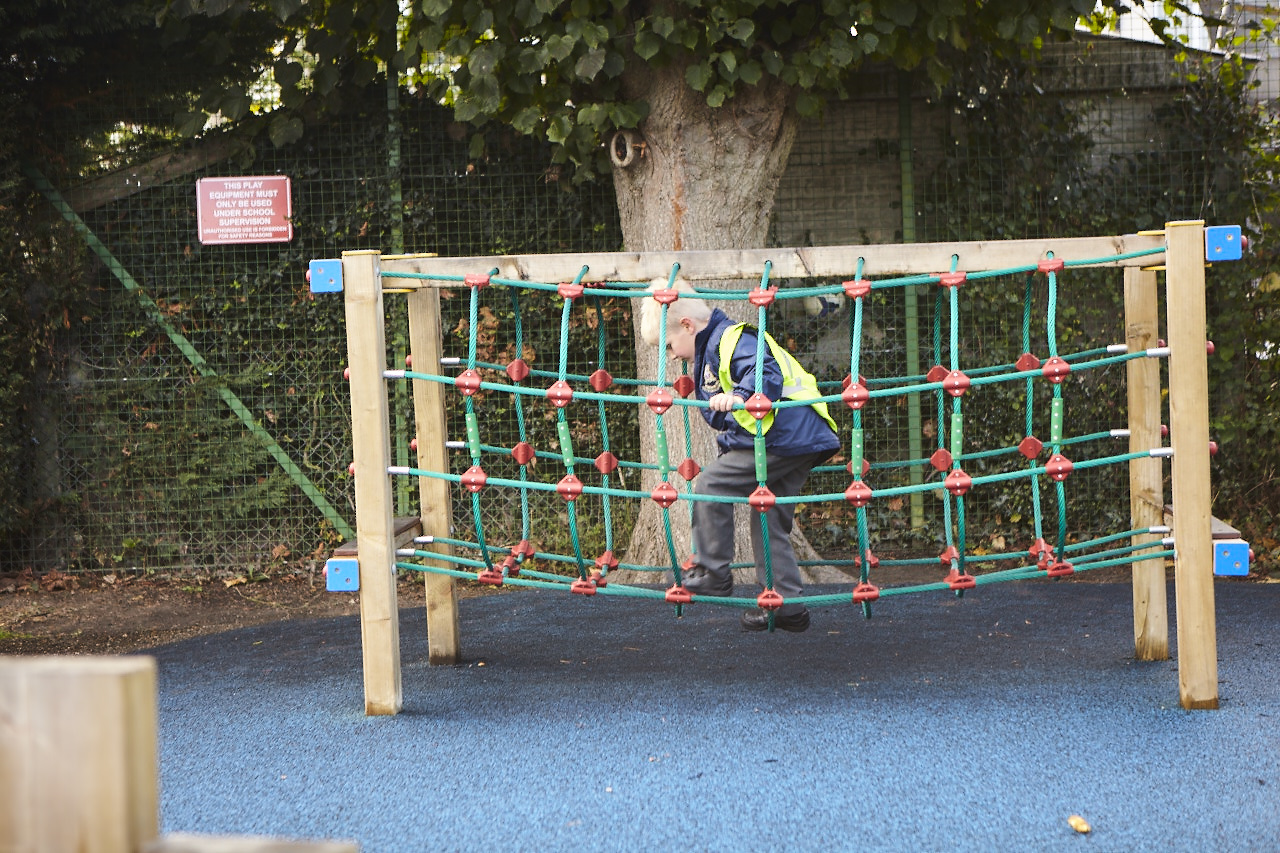
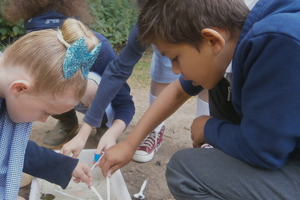
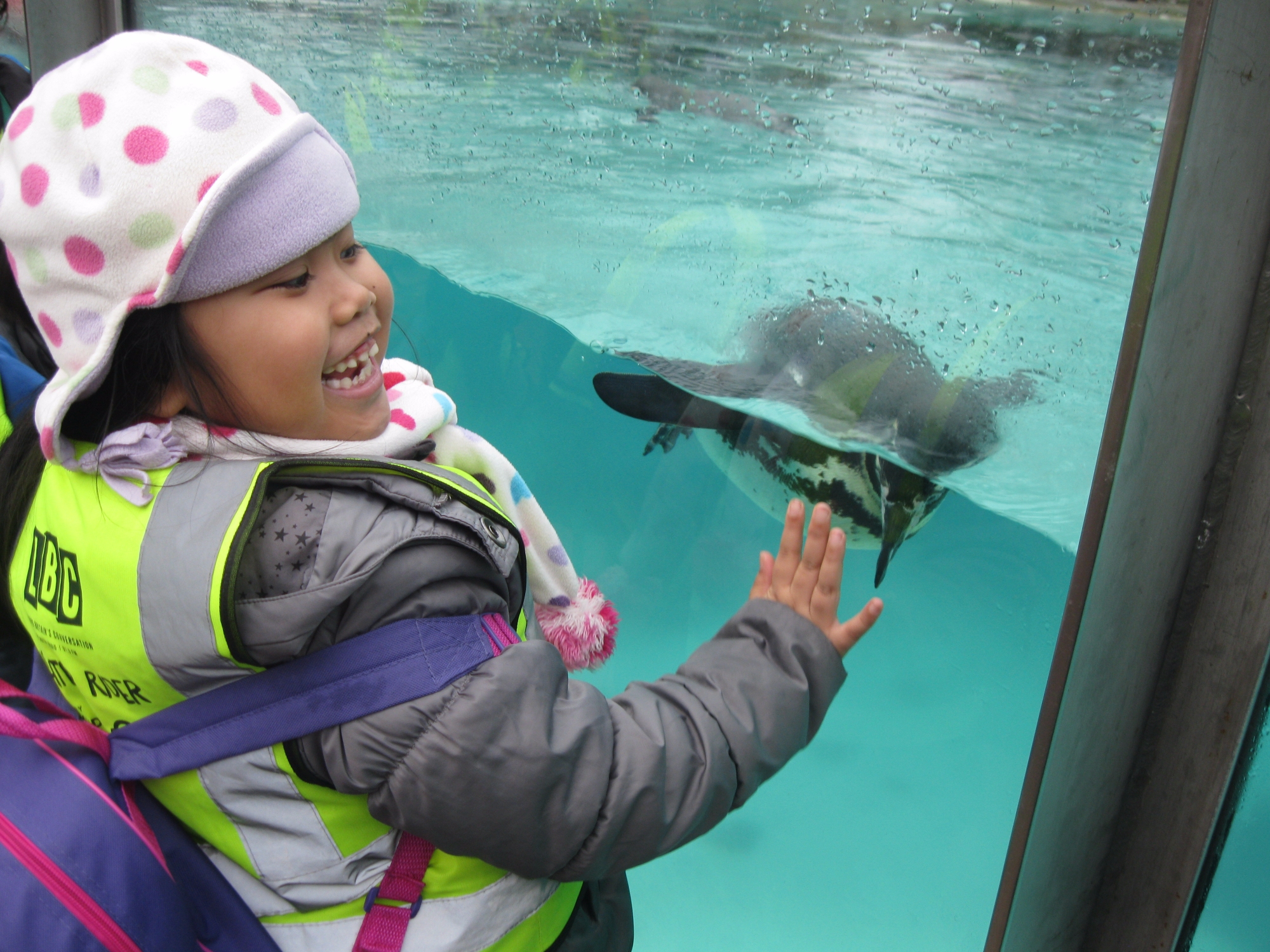
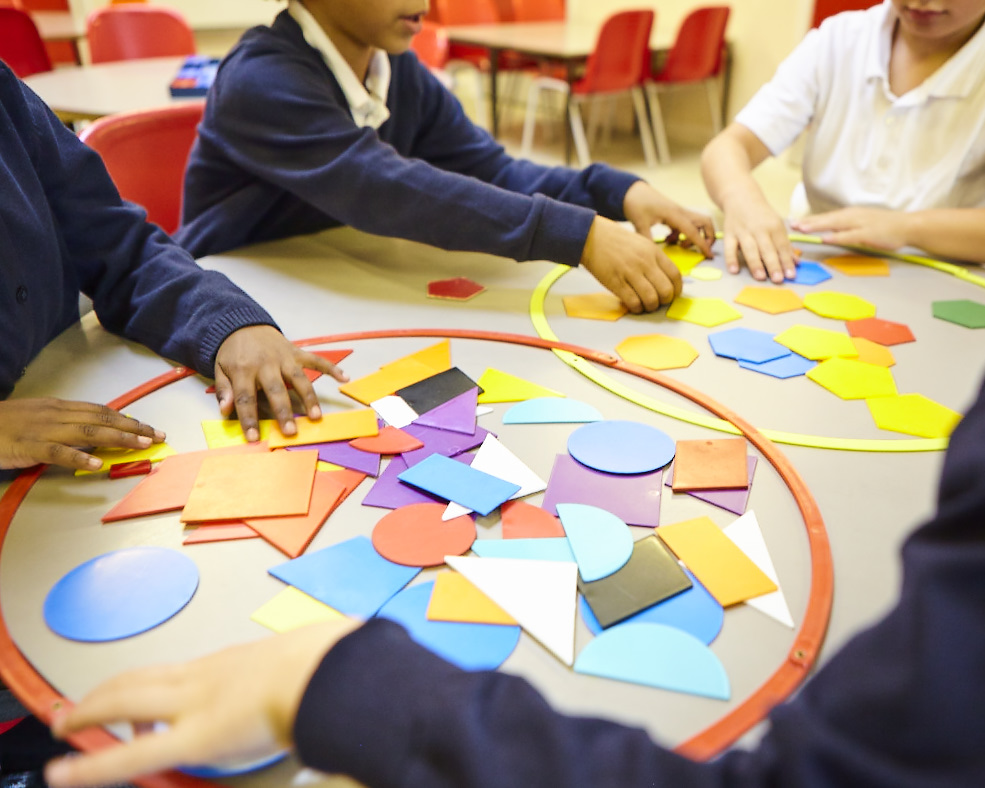
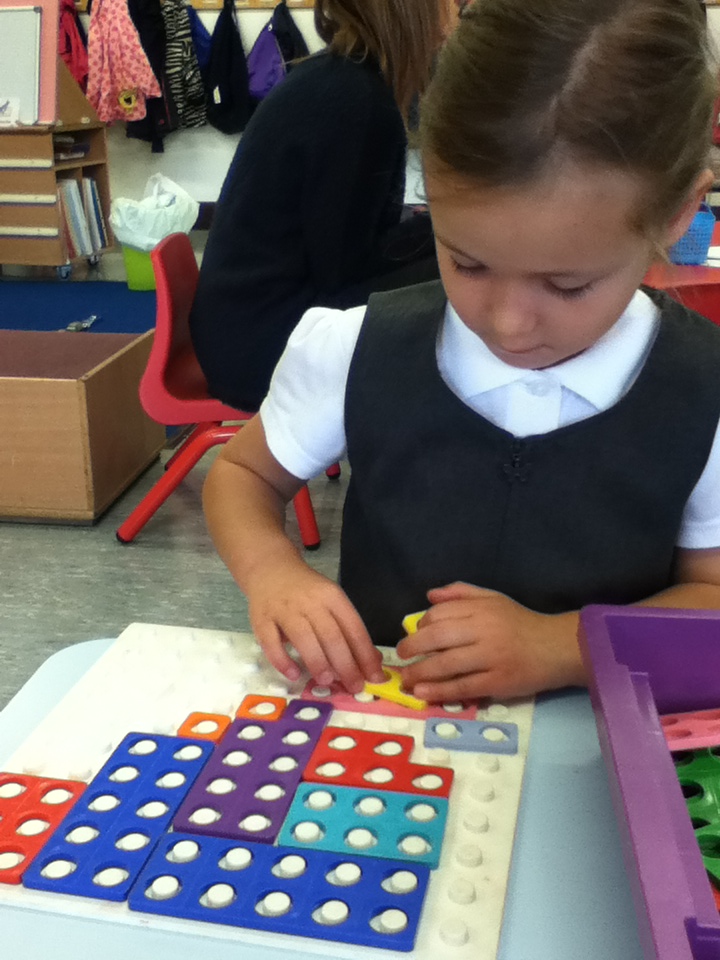
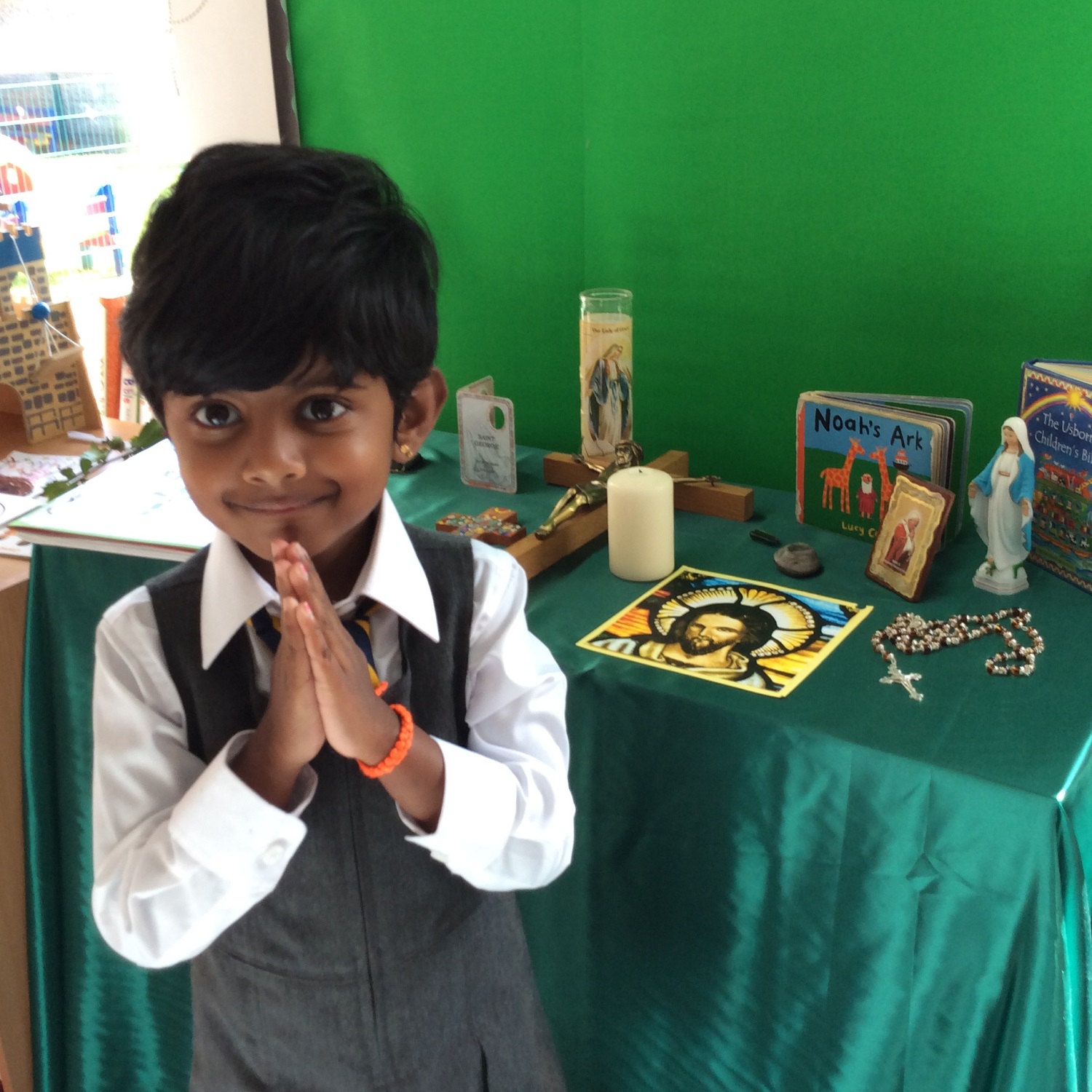
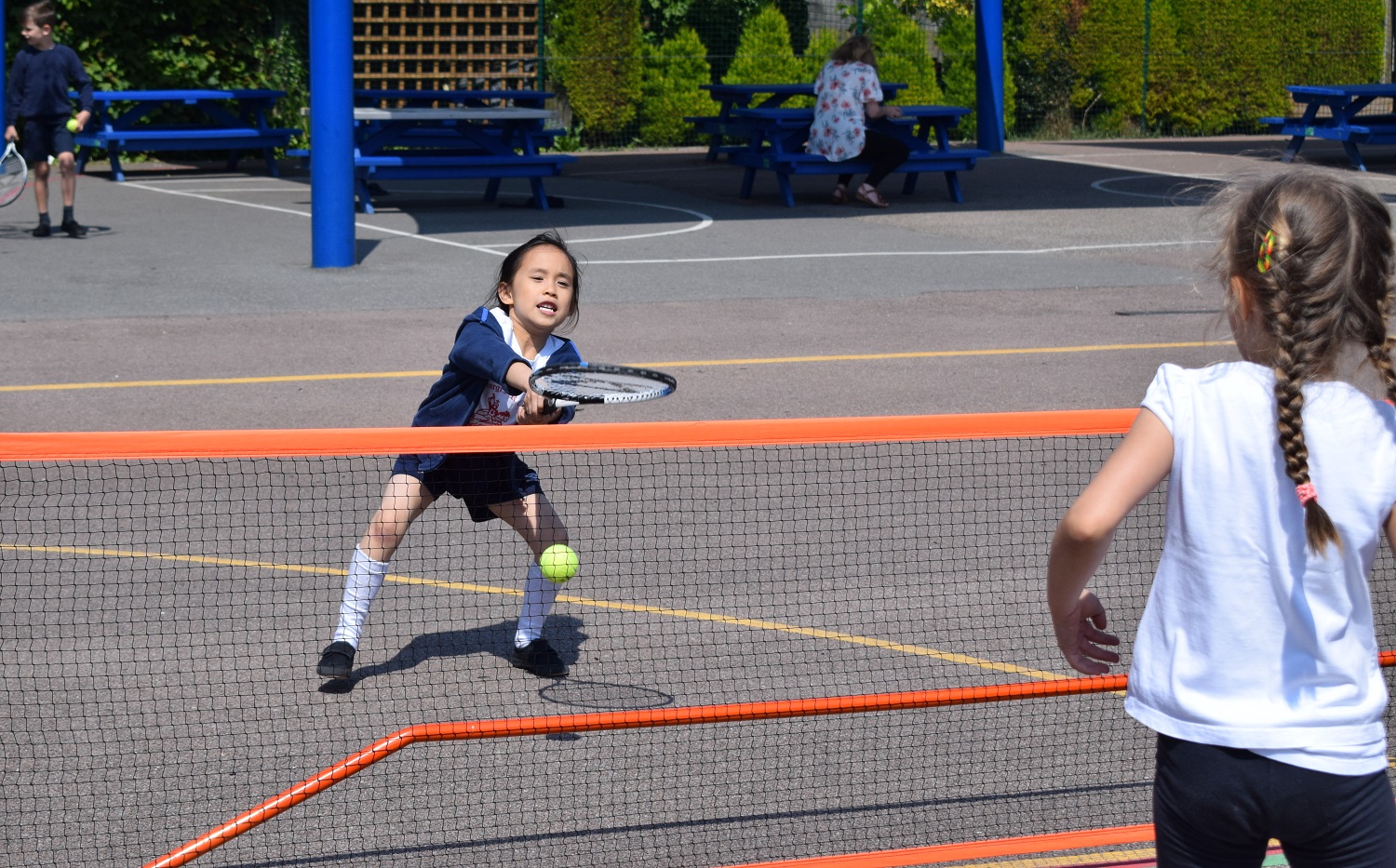
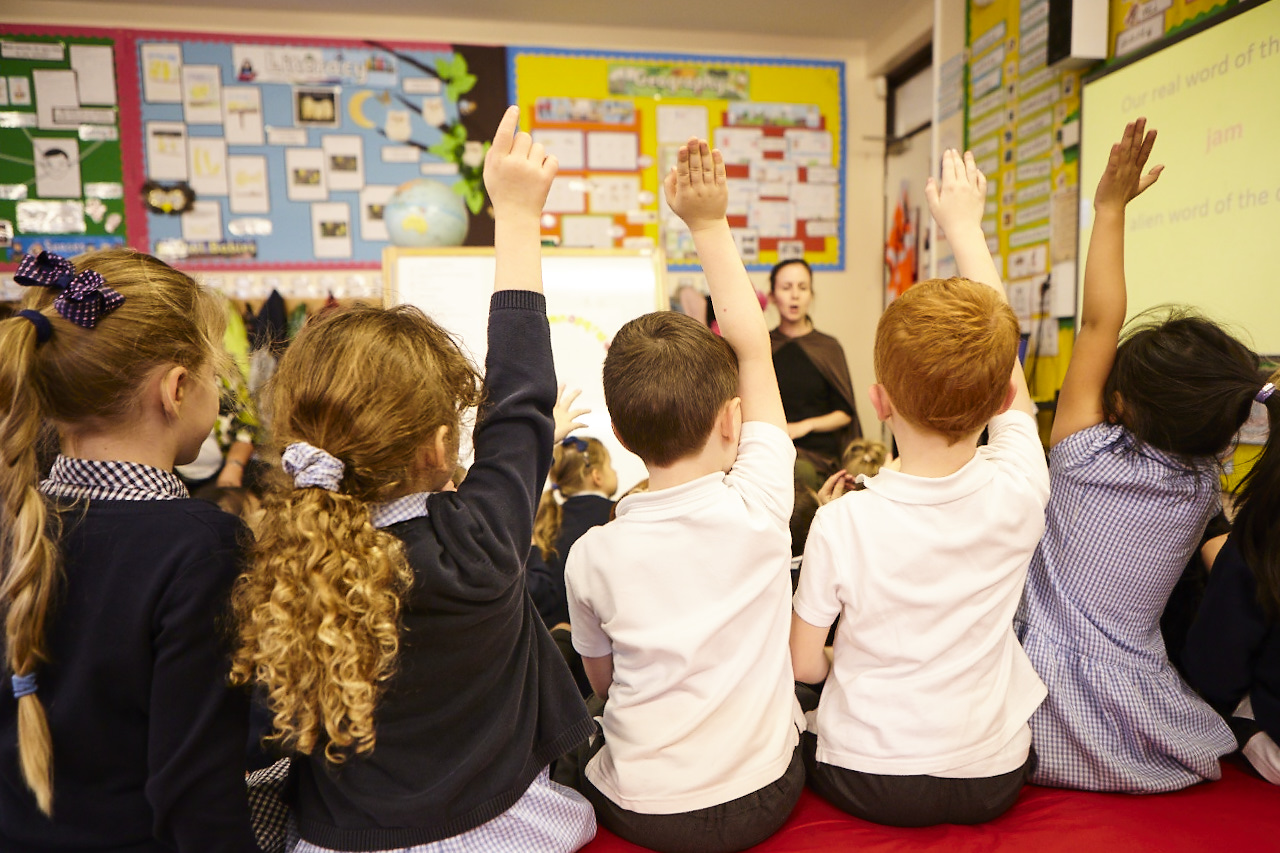
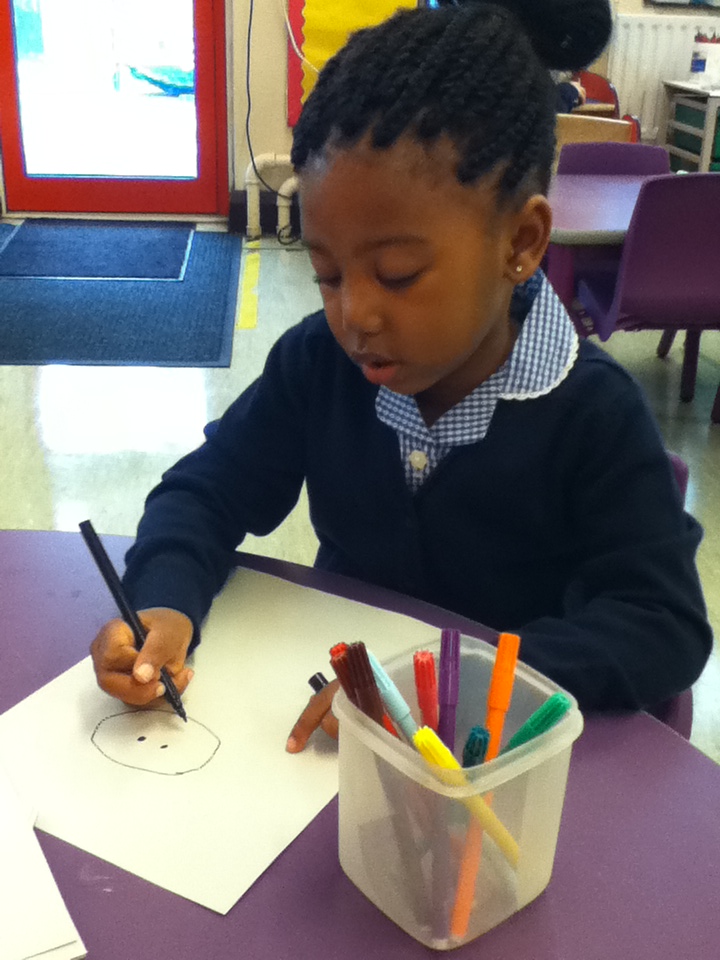
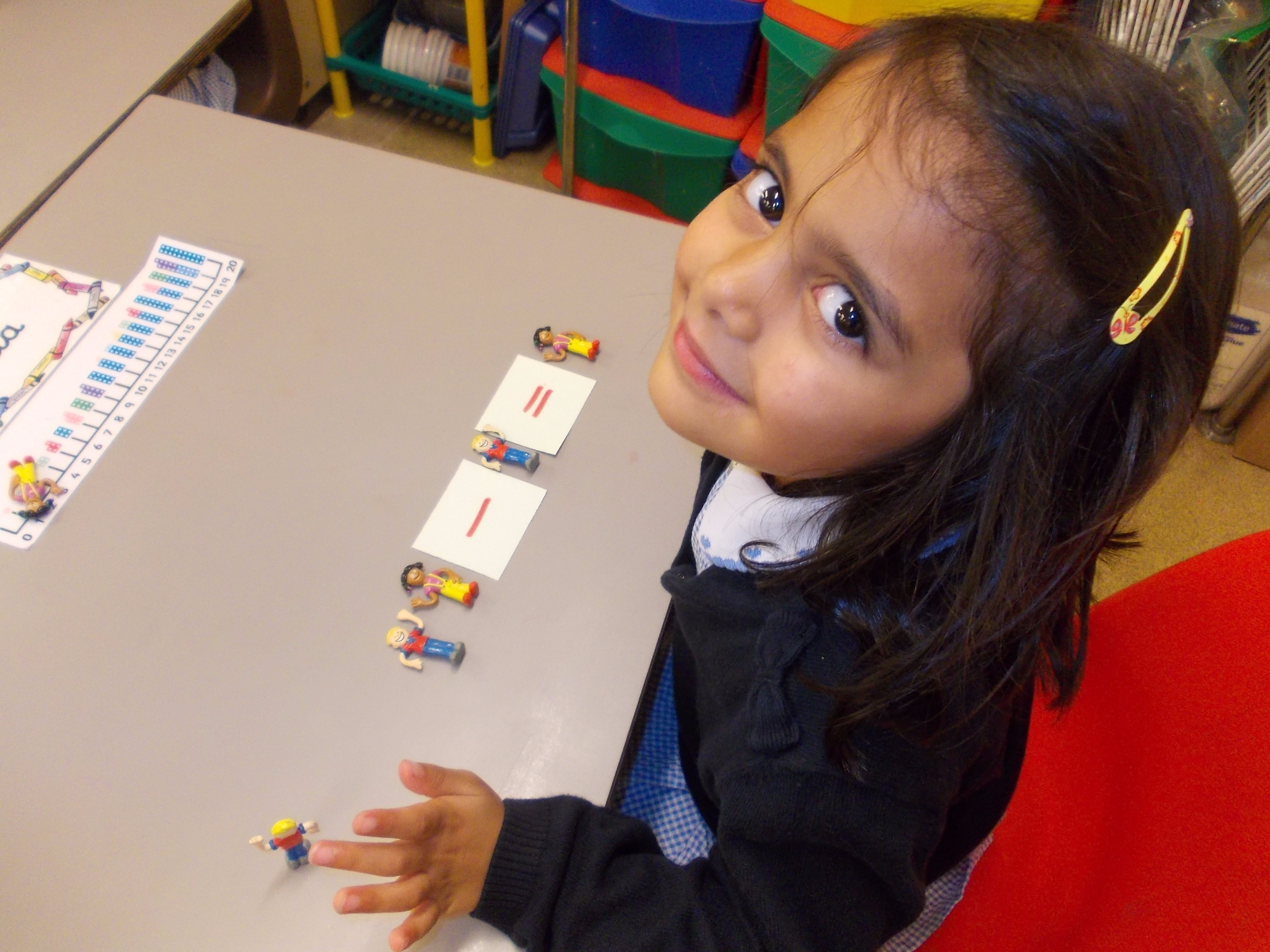
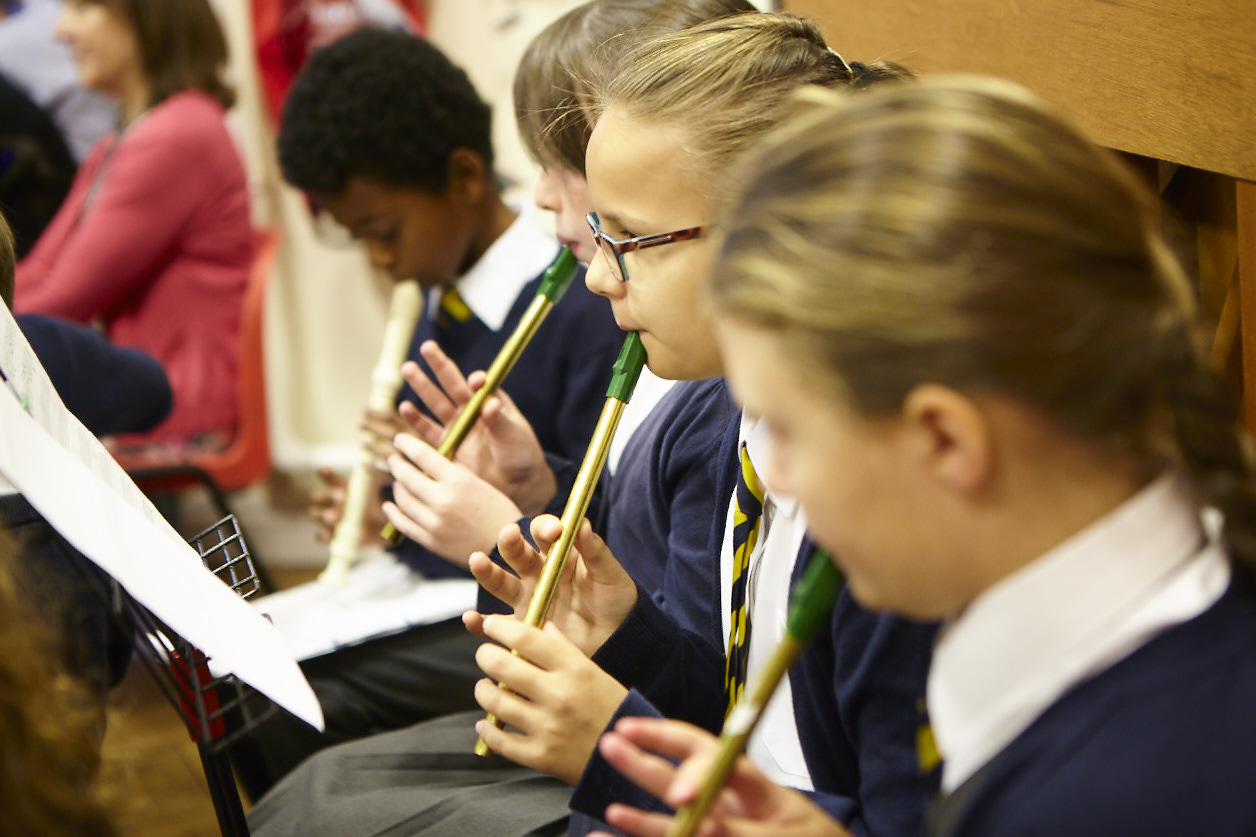
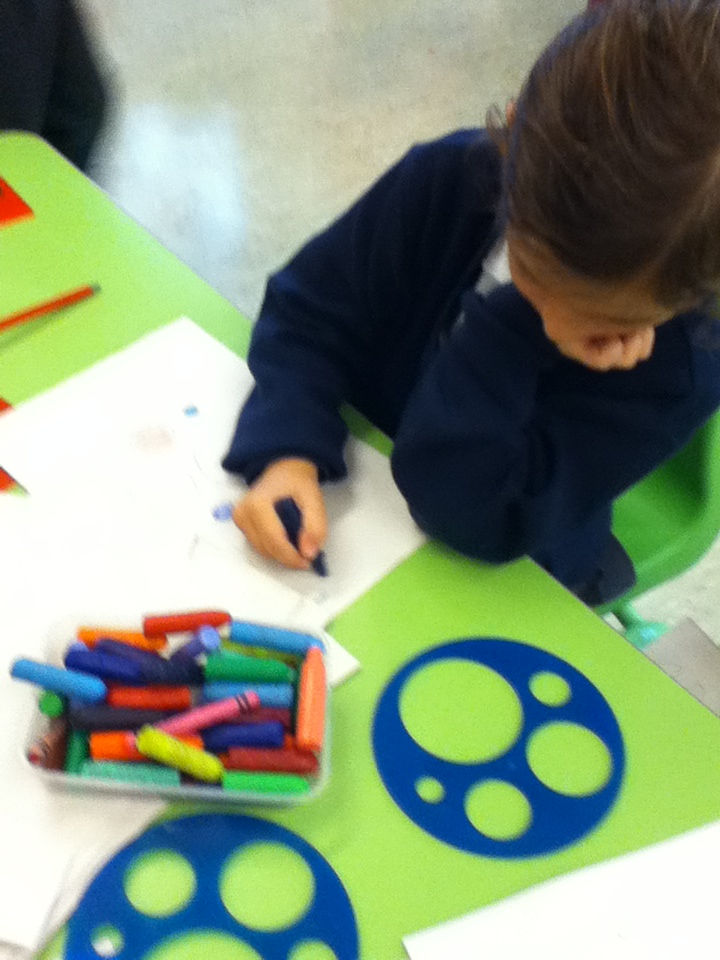
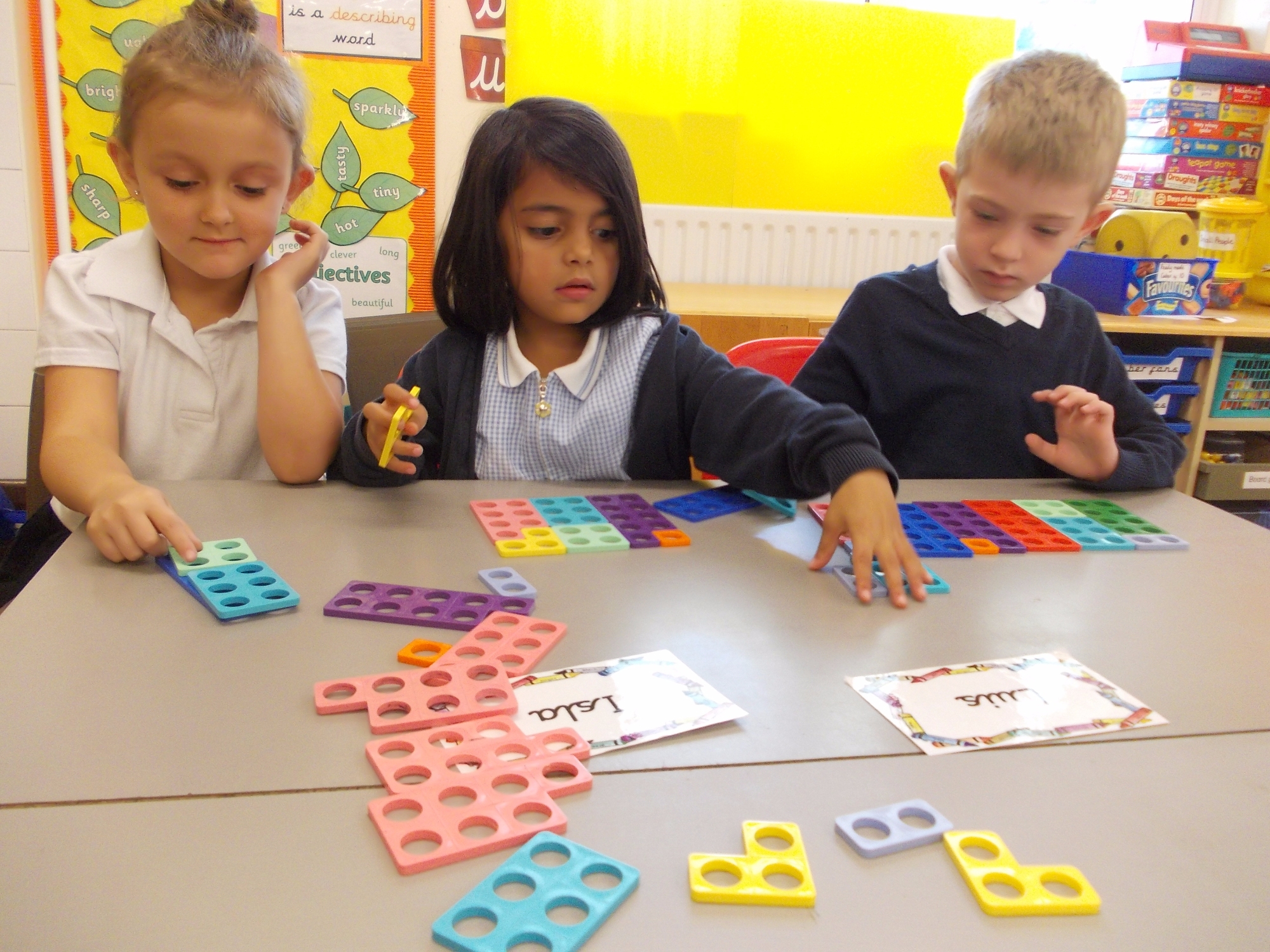 ''
''
